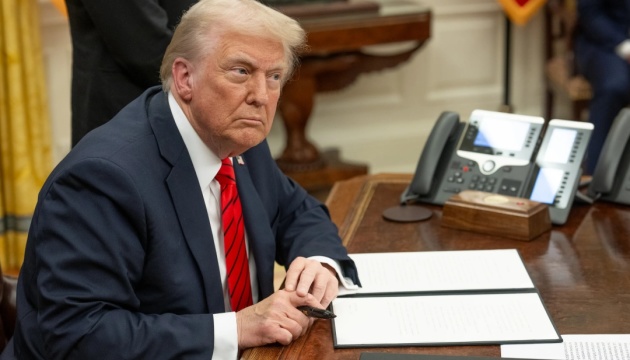Russian strike on Kupiansk leaves one dead, two injured
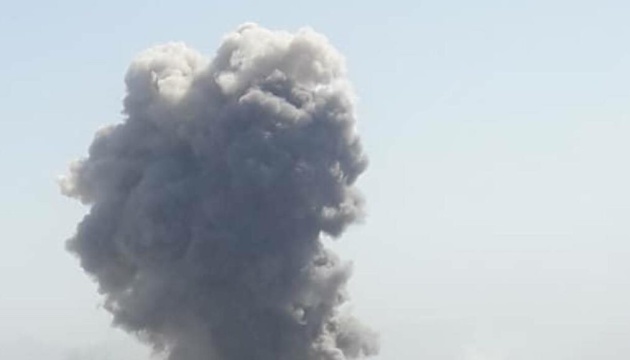





The Europeans are stepping up pleas to Trump over Ukraine while he’s ‘mocked’ by Putin - world affairs editor Sam Kiley explains how the US is no longer seen as a European ally

© AFP via Getty Images
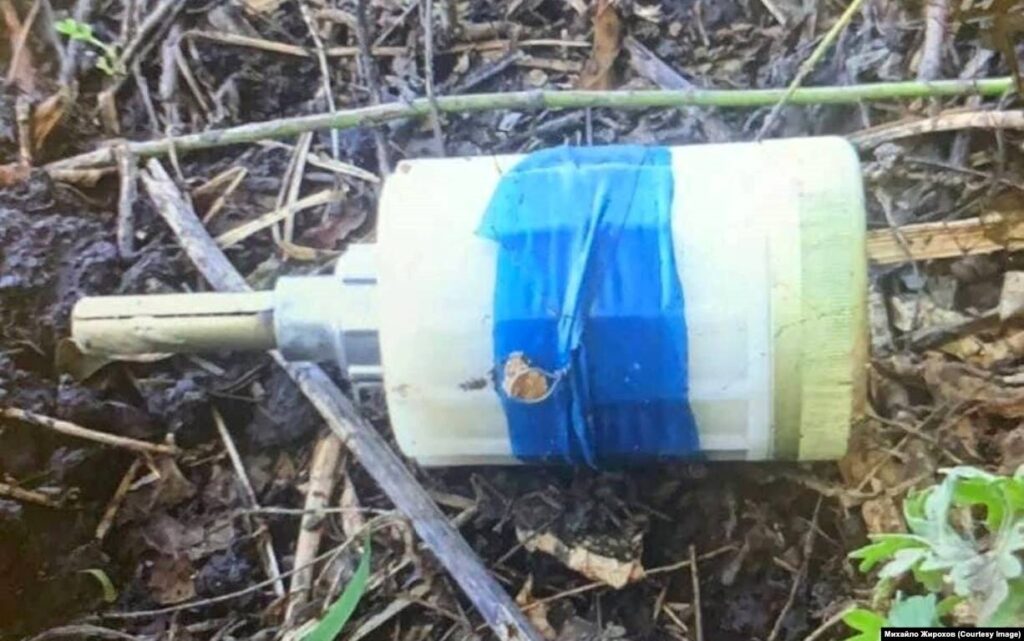

On 4 July, Dutch and German intelligence agencies have confirmed that Russia is using banned chemical weapons in Ukraine on a large scale, with drones dropping choking agents on Ukrainian positions. The revelations, based on joint investigations, show what officials describe as a systematic and intensifying pattern of illegal chemical warfare.
Reuters says Dutch and German officials jointly reported that Russia is operating a coordinated program to produce and deploy banned chemical weapons in Ukraine. The Dutch Military Intelligence and Security Service (MIVD) and Germany’s BND foreign intelligence agency confirmed gathering evidence of these violations, including Russia’s use of drones to drop choking agents—such as chloropicrin—on Ukrainian trenches to force soldiers into open fire.
According to Dutch Defense Minister Ruben Brekelmans, “we can confirm Russia is intensifying its use of chemical weapons.” He added that this trend is not isolated but part of a normalization of chemical warfare tactics by Russian forces.
The head of the Dutch MIVD, Peter Reesink, said his agency’s conclusions were based on independent investigations.
At least three Ukrainian deaths have been tied to chemical attacks, according to Brekelmans, and more than 2,500 people have reported symptoms related to chemical exposure on the battlefield, Ukrainian health authorities report.
The United States had first accused Russia of using chloropicrin in May 2024. The compound, originally used by Germany in World War One, is more toxic than riot control agents and is banned under the Chemical Weapons Convention.
According to Reesink, Russia’s chemical weapons use is no longer a matter of improvisation:
“This isn’t just some ad-hoc tinkering at the frontline; it is truly part of a large-scale program.”
Brekelmans called for increased sanctions and political pressure:
“We must further increase the pressure. This means looking at more sanctions and specifically not allowing them (Russia) to participate in international bodies like the Executive Council of the OPCW.”
The European Commission is considering adding 15 more individuals and entities to its sanctions list for suspected involvement in chemical weapons use in Ukraine.
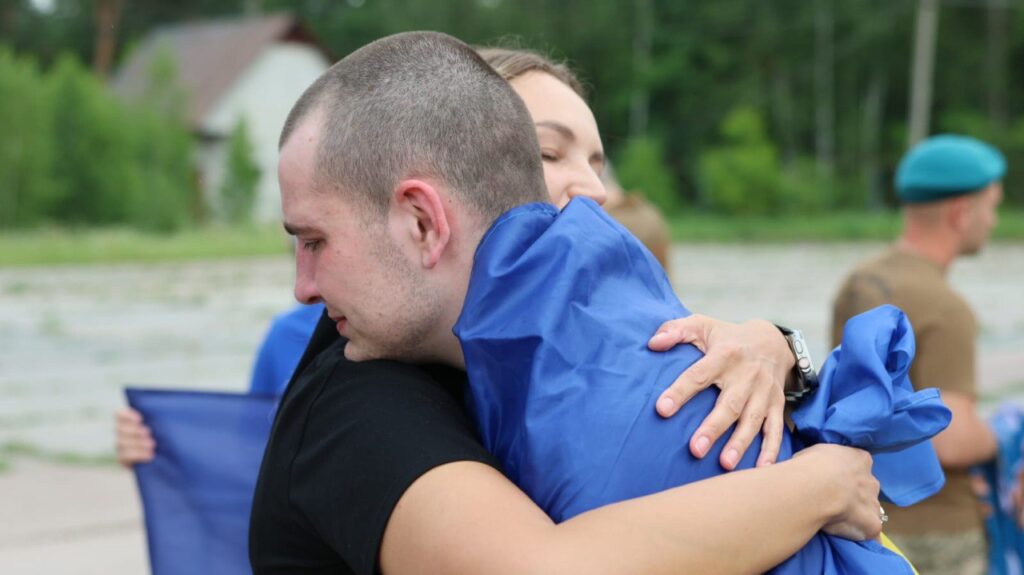

Ukraine and Russia conducted another prisoner exchange on 4 July, with both countries releasing military personnel under 25 years old, wounded and seriously ill defenders, and civilians.
How many prisoners came home this time? Ukrainian officials aren’t saying yet, but say they’ll announce the exact numbers once all exchange phases wrap up.
The released Ukrainians included some of the war’s youngest defenders—soldiers barely out of their teens alongside seasoned veterans. The youngest freed defender was just 20 years old. The oldest: 59.
Ukraine returns seriously injured and soldiers under 25 in a new prisoner exchange on 4 July.
— Euromaidan Press (@EuromaidanPress) July 4, 2025
The released include Mariupol defenders captured in 2022 during the port city's three months siege. The youngest freed defender is just 20 years old. The oldest: 59.
More than 95% of… pic.twitter.com/2PvI01QhaT
Who exactly came back? Soldiers from Ukraine’s Armed Forces, National Guard, border guards, and transport security services. But this exchange also freed civilians—people caught up in Russia’s detention system who weren’t combatants at all.
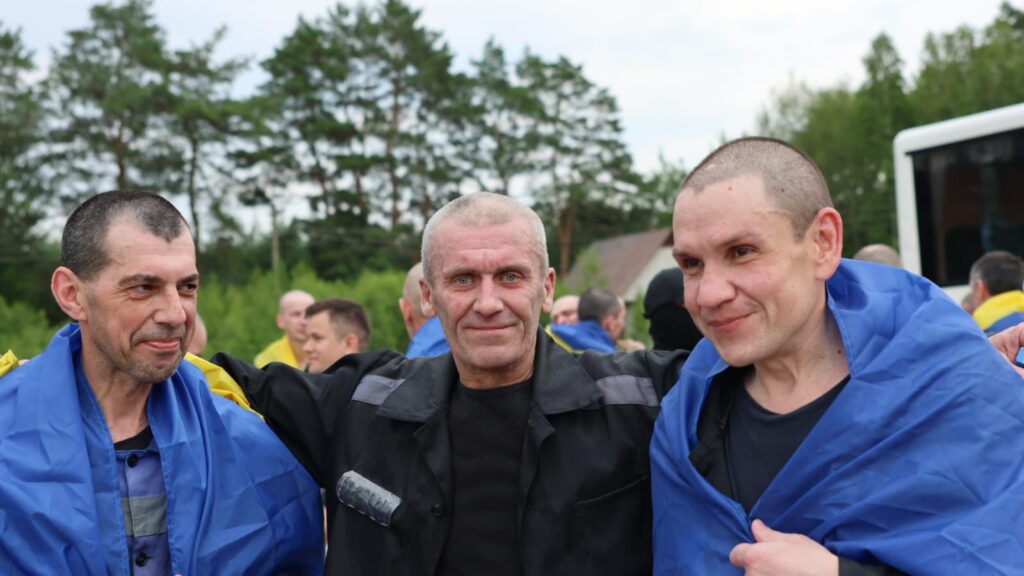
Among those walking free were defenders of Mariupol, the port city that became synonymous with Ukrainian resistance. These soldiers had been in Russian custody since 2022, when the city finally fell after months of siege.
How long had most been held? More than three years, according to the Coordination Headquarters for the Treatment of Prisoners of War. The released fighters had defended positions across Ukraine’s eastern and southern fronts—Donetsk, Kharkiv, Luhansk, and Kherson.

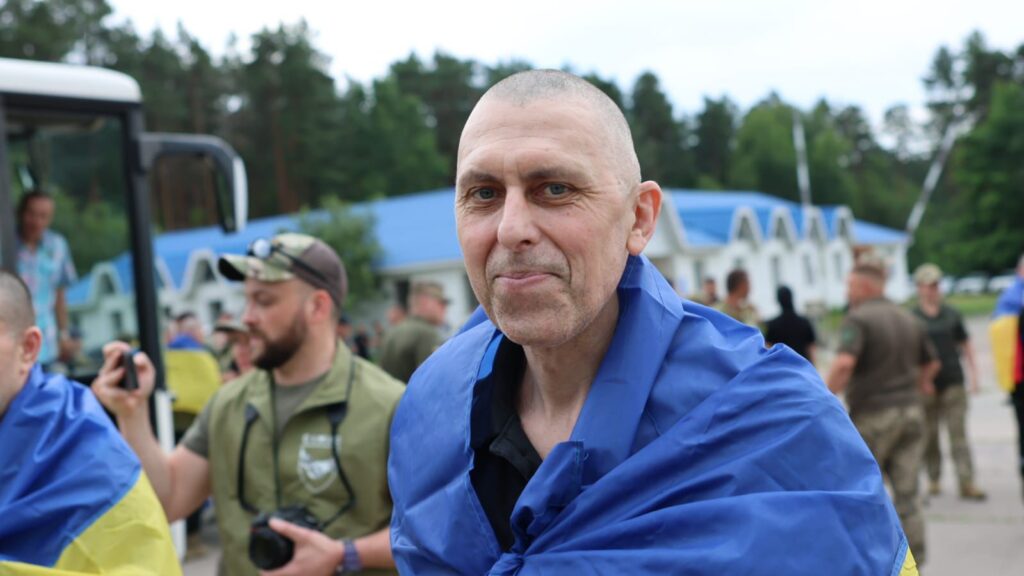


The freed Ukrainians will undergo medical screening and receive rehabilitation support, both physical and psychological. They’ll also get back pay covering their entire time in captivity.
Will the Istanbul approach continue? Both sides appear committed to the framework, which has produced more regular exchanges than previous negotiation attempts. The focus on categories rather than raw numbers seems to have broken through earlier deadlocks.

Meanwhile, President Volodymyr Zelenskyy accused Russia of weaponizing prisoner exchanges to create fake diplomatic progress that delays new sanctions and weakens US support for Ukraine.
He warns Moscow uses these swaps and prolonged talks like those in Istanbul to buy time while continuing military operations, exploiting a major sanctions loophole that lets Russia keep producing nuclear-capable “Oreshnik” intercontinental ballistic missiles through unsanctioned companies.
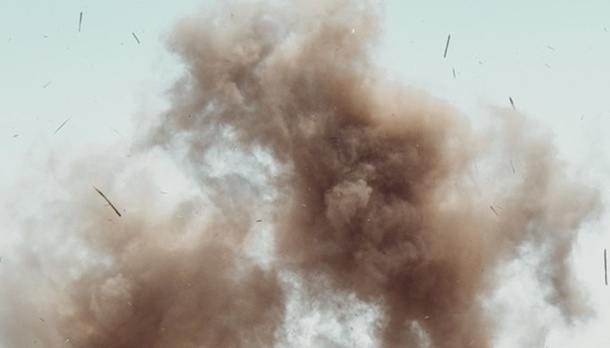

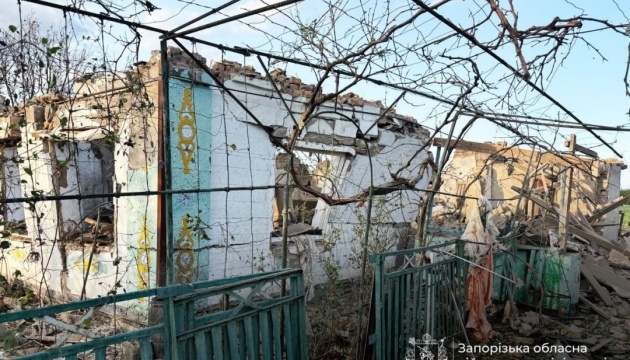



Ukrainian drones struck a critical military-linked facility in Russia’s Moscow Oblast that produces thermobaric warheads for Shahed drones, the Ukrainian General Staff reported on 4 July. The strike ignited a fire and caused visible black smoke, while Russian local authorities acknowledged drone-related damage in the area.
According to the General Staff of the Armed Forces of Ukraine, units from the Unmanned Systems Forces, together with other Defense Forces, hit the JSC “Scientific Research Institute of Applied Chemistry” in Sergiev Posad, Moscow Oblast.
The report emphasized that the facility is currently involved in the production of thermobaric warheads for Shahed-type UAVs and plays a vital role in Russia’s ongoing war against Ukraine.
“It is confirmed that our strike assets reached the target directly. A fire and heavy smoke were recorded in the area of the facility,” the Ukrainian military stated.
The effects of the strike are still being assessed, according to the report.
On the morning of 4 July, Oksana Yerokhanova, head of the Sergiev Posad city district, confirmed that drones had attacked the town. She reported that a fire broke out at an electrical substation, leaving six neighborhoods without power.Yerokhanova also reported that two men were allegedly injured during the incident.
Ukrainian Telegram channel ExileNova+ geolocated the black smoke column to Substation No. 94 “Zagorsk” (110/35/6 kV), believed to be part of the “Scientific Research Institute of Applied Chemistry.”
Additional footage shared by Exilenova+ shows Liutyi drones flying past the smoke column and striking separate locations.
Despite claiming the destruction of 48 drones overnight, the Russian Ministry of Defense did not mention any incidents in Moscow Oblast in its public statements.
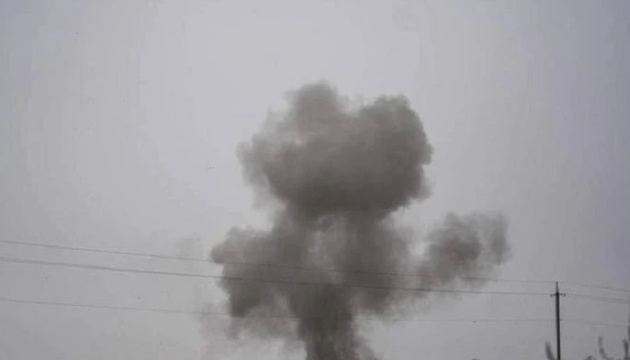

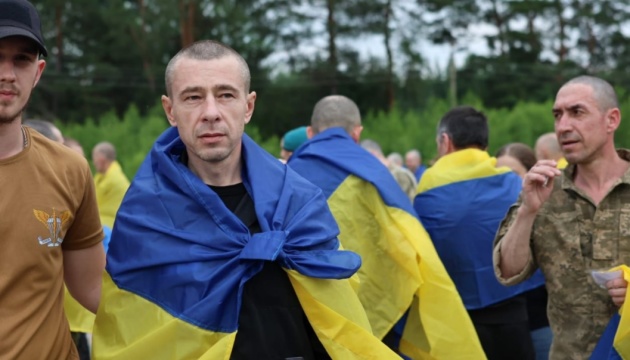

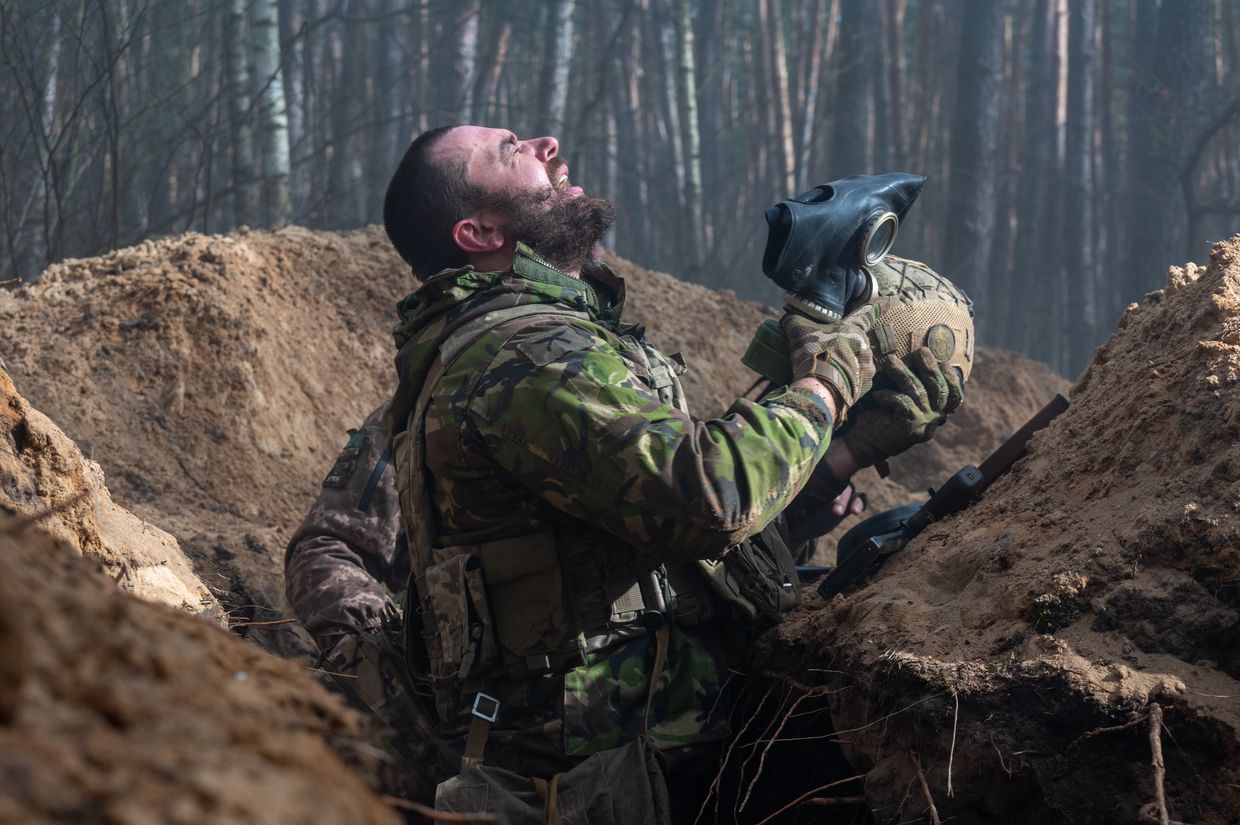

Russia is escalating the use of chemical weapons against Ukrainian forces, the Netherlands Military Intelligence (MIVD) reported on July 4.
Russian troops use banned chemical agents as psychological warfare to panic Ukrainian forces, forcing soldiers from dugouts and trenches with gas grenades dropped by drones, making them easy targets for subsequent drone or artillery attacks.
According to MIVD report, it was previously known that Russia usesd tear gas, but now intelligence has confirmed the use of chloropicrin — a substance that can kill in high concentrations in enclosed spaces.
Use of of chloropicrin, banned under international law, was discovered by the Netherlands Military Intelligence and Security Service (MIVD) and General Intelligence and Security Service (AIVD) together with the German foreign intelligence service BND.
The Kyiv Independent previously reported rising chemical attacks, but Ukraine could not accurately identify the chemical substances due to lack of equipment.
The U.S. State Department had already reported in May that Russian forces have used the chemical agent chloropicrin in Ukraine. The May 1 announcement was part of a larger statement about the introduction of new U.S. sanctions against more than 280 individuals and entities.
For now, the original statement has been removed from the U.S. State Department website.
Russia is using this type of weapon more frequently and "with ease," says MIVD Director Vice Admiral Peter Reesink.
Dutch Defense Minister Ruben Brekelmans, who announced the news to the Dutch parliament, called the situation "absolutely unacceptable," calling for "more sanctions, isolation of Russia and unwavering military support for Ukraine."
"We are making this public now because Russia's use of chemical weapons must not become normalized," Brekelmans said. "If the threshold for using this type of weapon is lowered, it is dangerous not only for Ukraine but also for the rest of Europe and the world."
Since the start of the full-scale invasion in 2022, Russia has conducted over 9,000 chemical attacks. At least three Ukrainian soldiers have died directly from exposure to toxic substances, according to Ukraine's Ministry of Defense.
Dutch intelligence has established that Russian military leadership actively facilitates chemical attacks, and the use of banned substances has become standard practice for Russian forces.
Moscow is also increasing investments in chemical weapons programs, expanding research and recruiting new scientists, MIVD and AIVD observe.
The U.S. has accused Russia of deploying chloropicrin, often used in agriculture and widely weaponized as a “vomiting agent” during World War I.
 The Kyiv IndependentAnna Fratsyvir
The Kyiv IndependentAnna Fratsyvir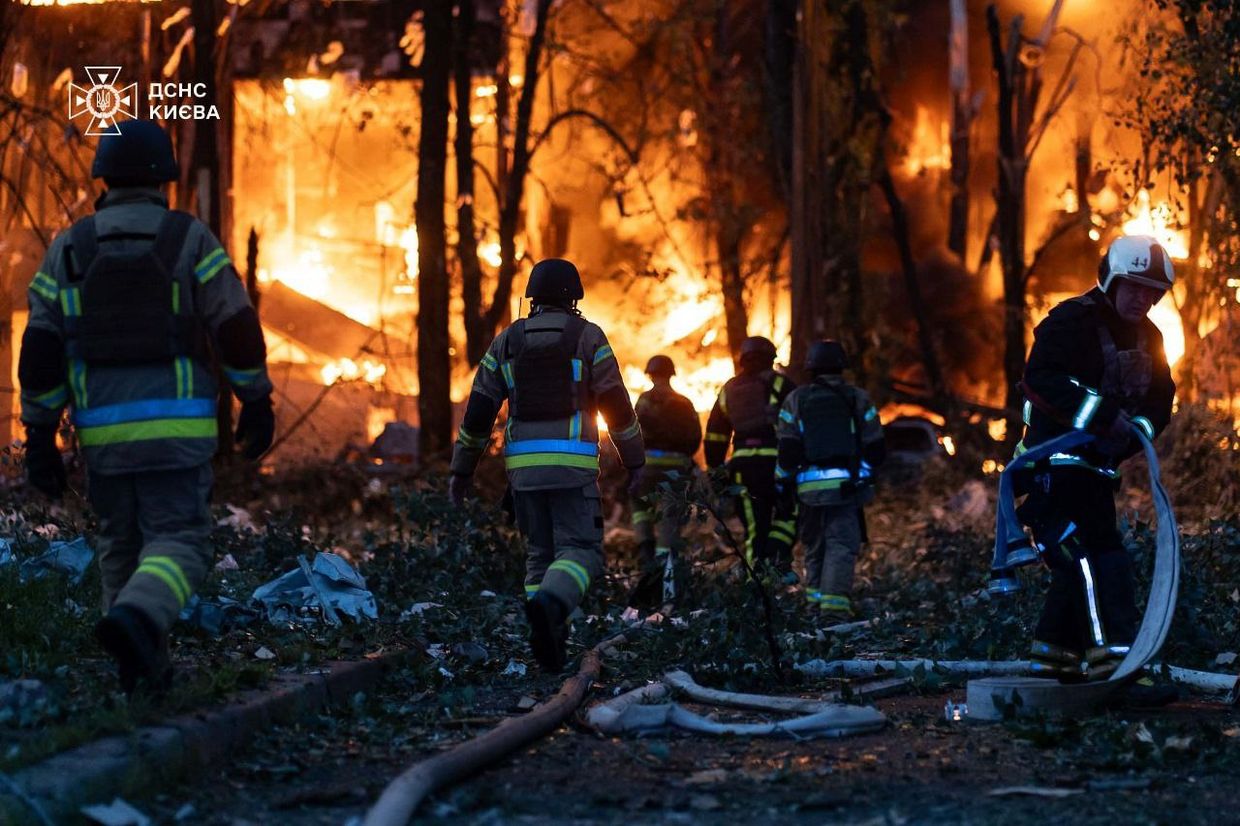
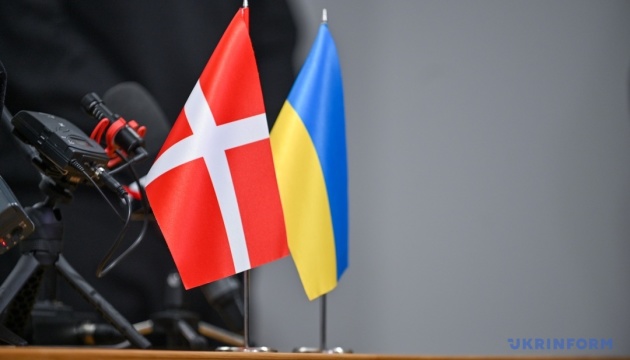



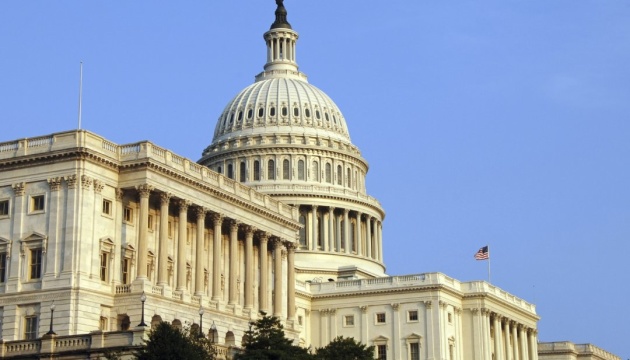

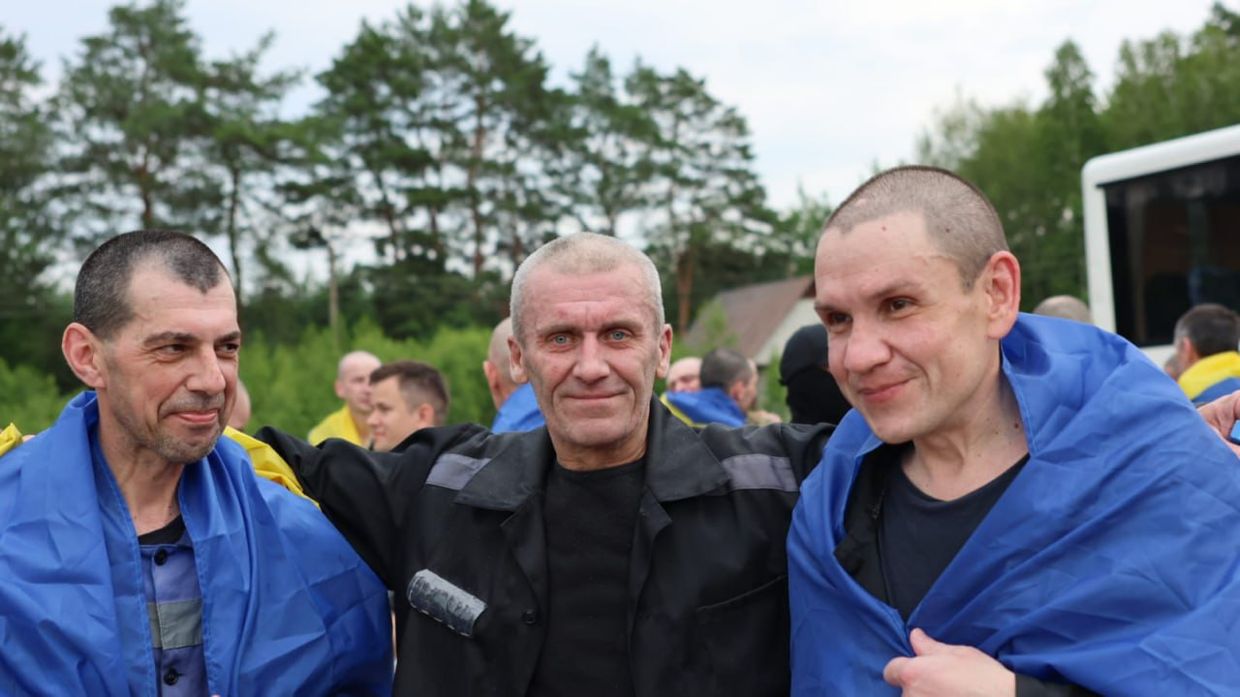

Editor's note: This is a developing story and is being updated.
A new prisoner of war (POW) exchange with Russia has taken place, bringing home another group of Ukrainian defenders held in Russian captivity, many since 2022, President Volodymyr Zelensky confirmed on July 4.
"Our people are home. Most of them had been in Russian captivity since 2022," Zelensky said in a statement.
According to Ukraine's Land Forces, the group includes prisoners categorized as "wounded and seriously ill," those "under the age of 25," and civilians.
The Coordination Headquarters for Prisoners of War confirmed that this latest exchange was carried out under President Zelensky's directive, and included defenders of Mariupol held since 2022, as well as civilians who had been illegally sentenced or deprived of liberty.
"Today, our defenders are returning, those who fought for Ukraine in various regions: Donetsk, Mariupol, Luhansk, Kharkiv, Kherson. These are soldiers of the Armed Forces, the National Guard, the State Border Guard Service, the State Special Transport Service, and also civilians," Zelesnky said.
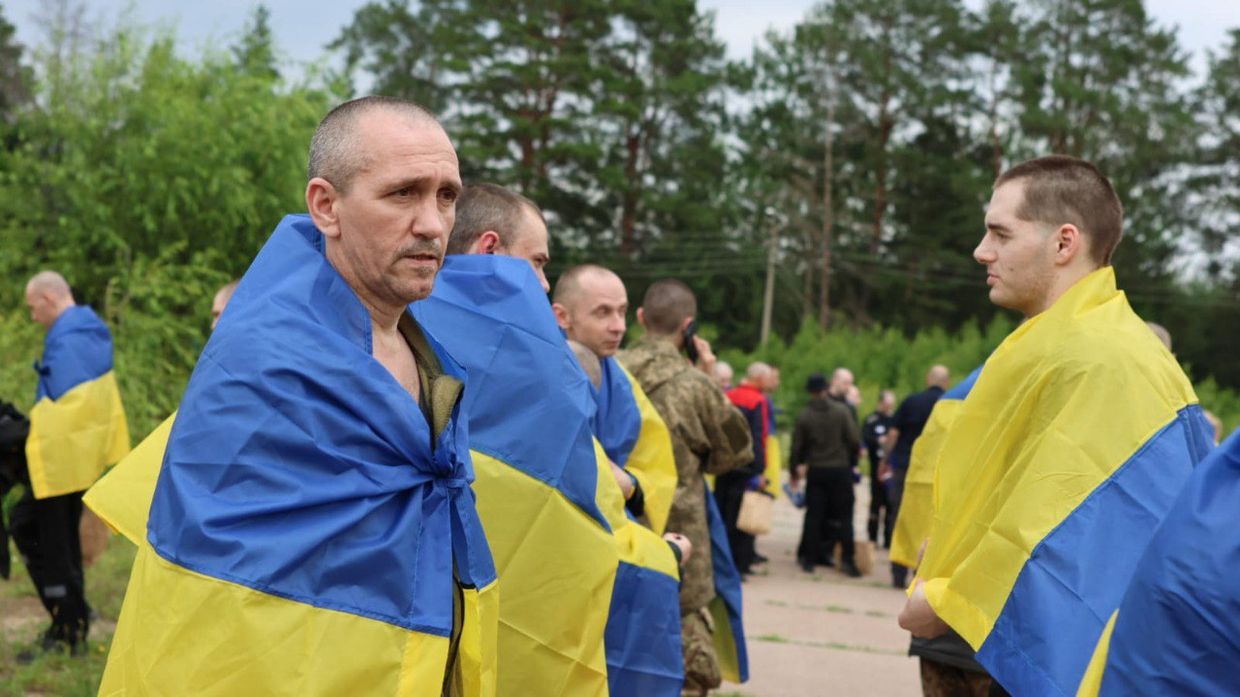
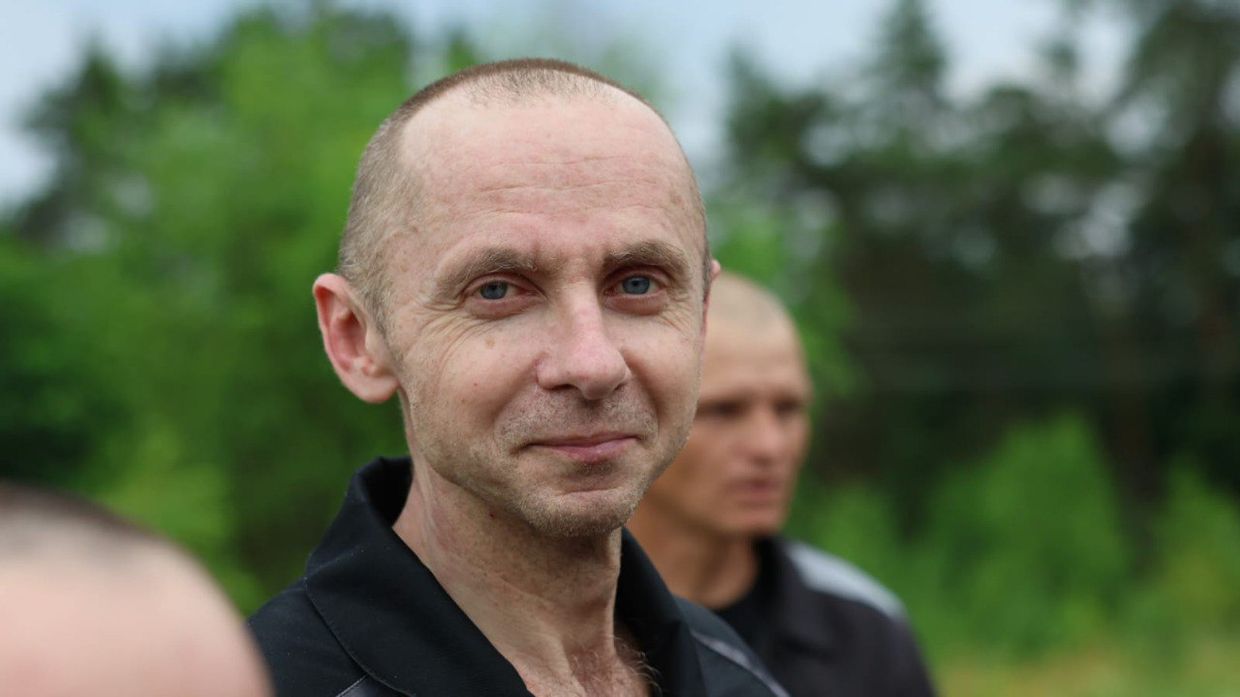
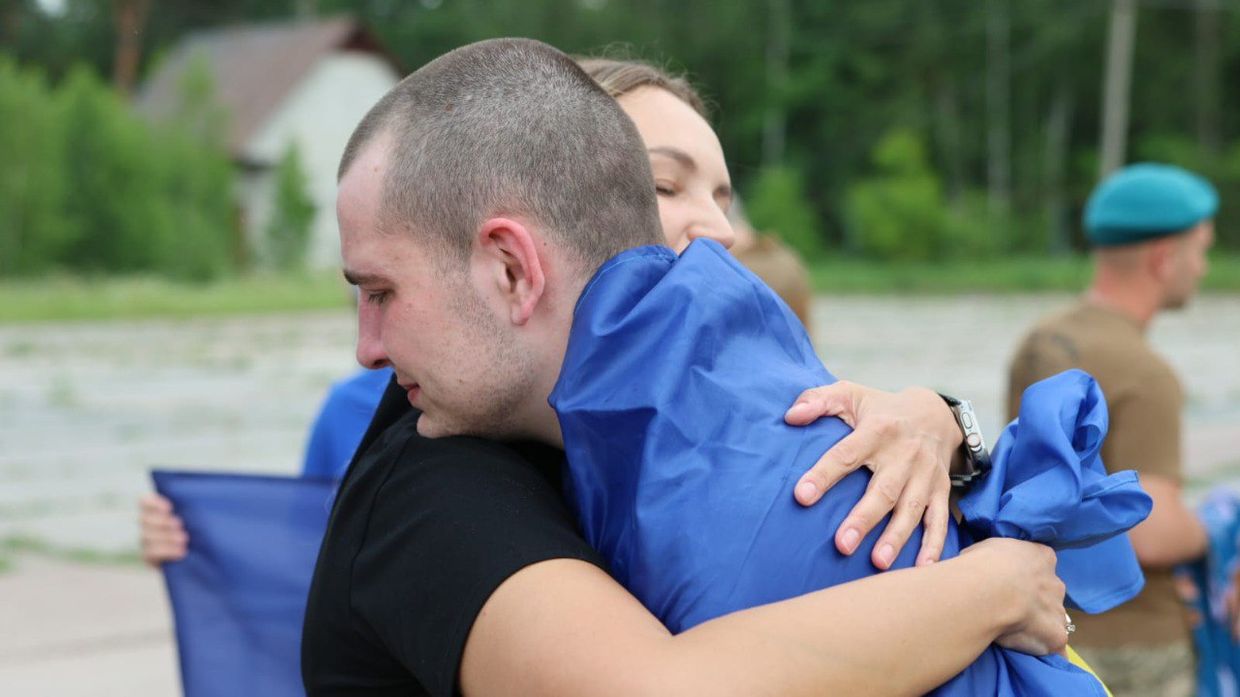
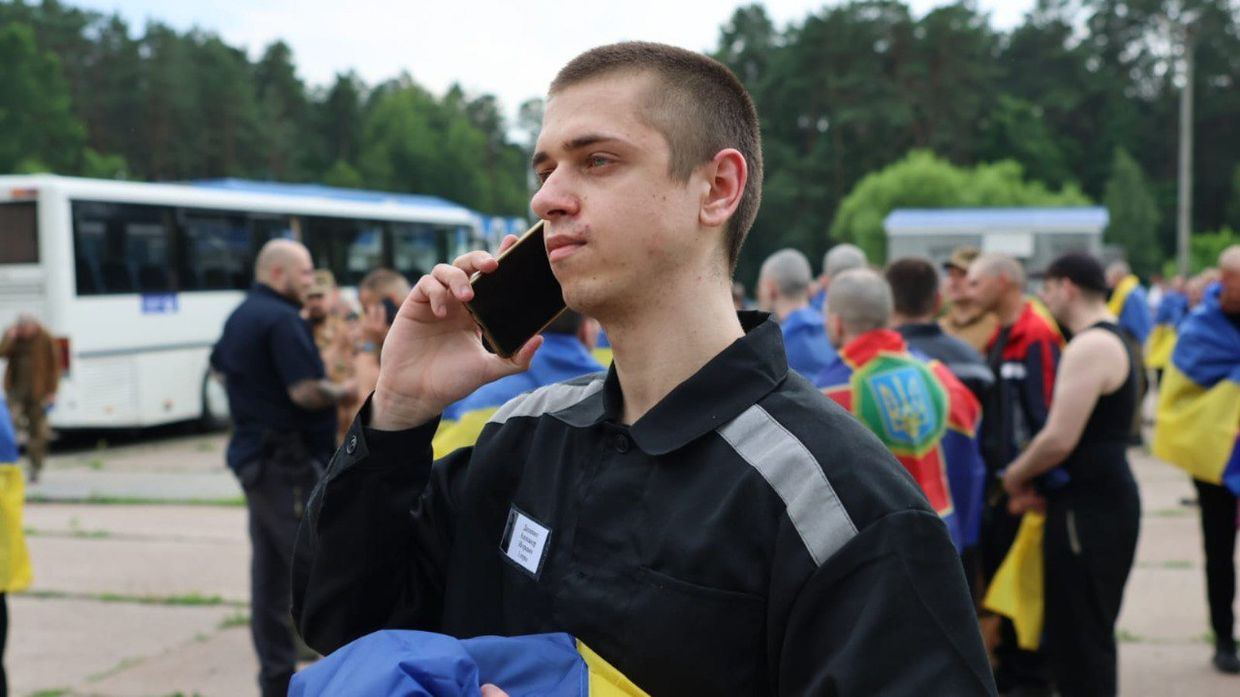
The exchange follows five swaps that occurred in June under the Istanbul deal reached between Ukraine and Russia on June 2. The agreement provided for the regular release of severely ill and wounded POWs from both sides, as well as the repatriation of the bodies of fallen soldiers.
Previous swaps have brought home service members from the Armed Forces, National Guard, and State Border Guard Service, many of whom were captured in 2022 during the Russian invasion.
"Exchanges must continue, and I thank everyone who makes this possible," Zelensky said. "Ukraine's goal is to free all our people from Russian captivity. I thank everyone who helps make that happen."
Russia's Defense Ministry confirmed the exchange on July 4, without disclosing the number of soldiers returned.
Previous exchanges have focused on individuals with serious medical needs resulting from injuries and harsh conditions in captivity. Some previously released prisoners had defended Mariupol during the 2022 siege, while others fought in regions including Donetsk, Luhansk, Kherson, and Kyiv oblasts.
The Istanbul agreement followed months of stalled negotiations and was hailed as a humanitarian breakthrough despite the lack of broader political progress.
As part of the deal, Moscow pledged to return the remains of up to 6,000 Ukrainian service members and civilians. Ukrainian authorities say Russia has already transferred over 6,000 bodies in recent weeks.
Ukraine continues to advocate for a full-scale "all-for-all" exchange, a proposal that Russia has so far rejected. Still, both sides have carried out smaller, phased swaps, sometimes multiple in a single week.
 The Kyiv IndependentDaria Shulzhenko
The Kyiv IndependentDaria Shulzhenko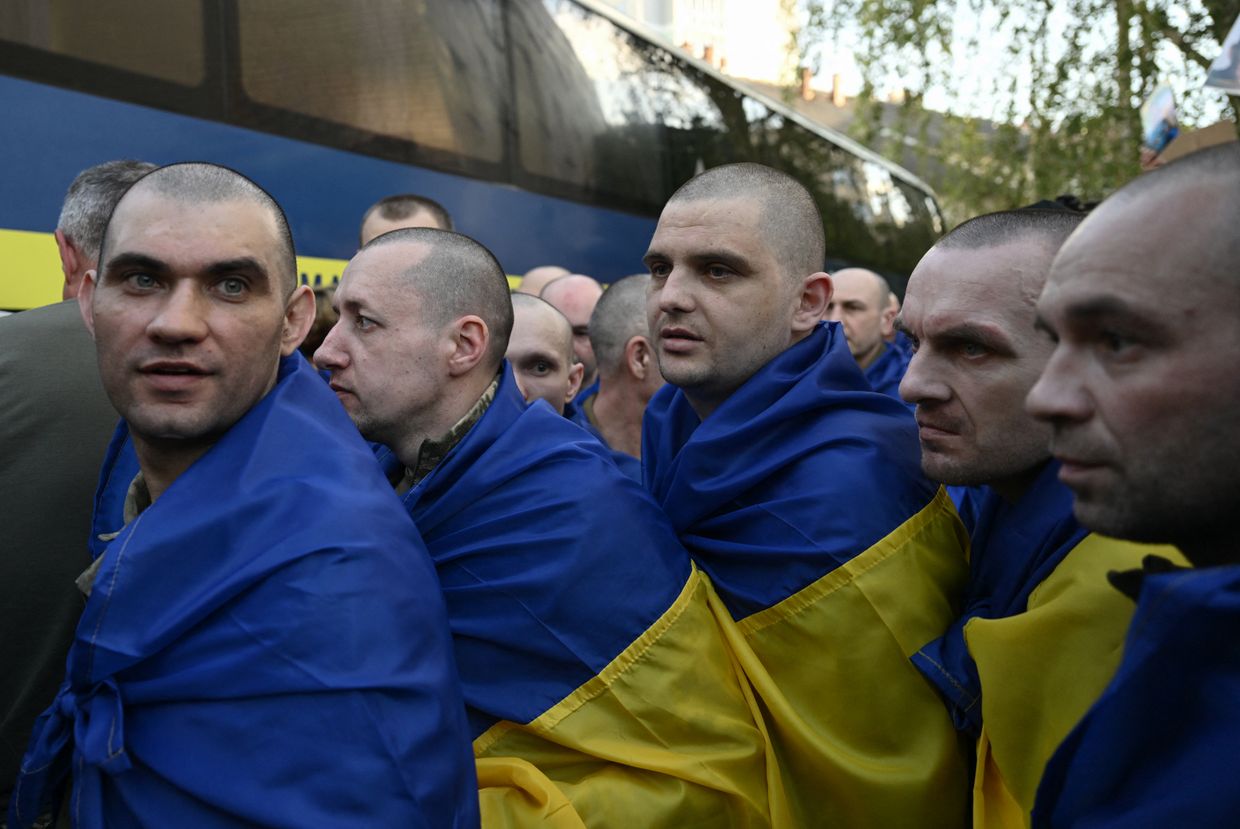
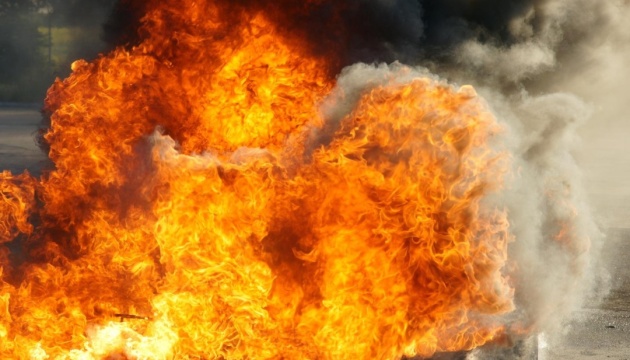

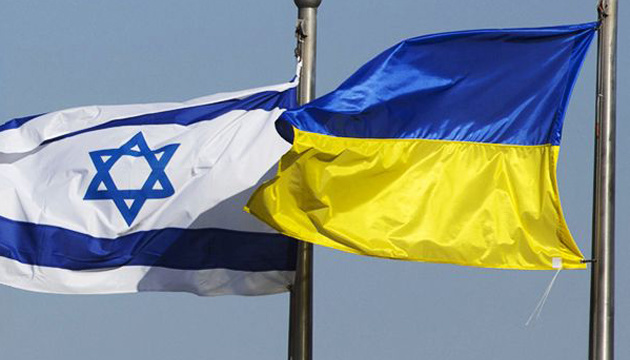



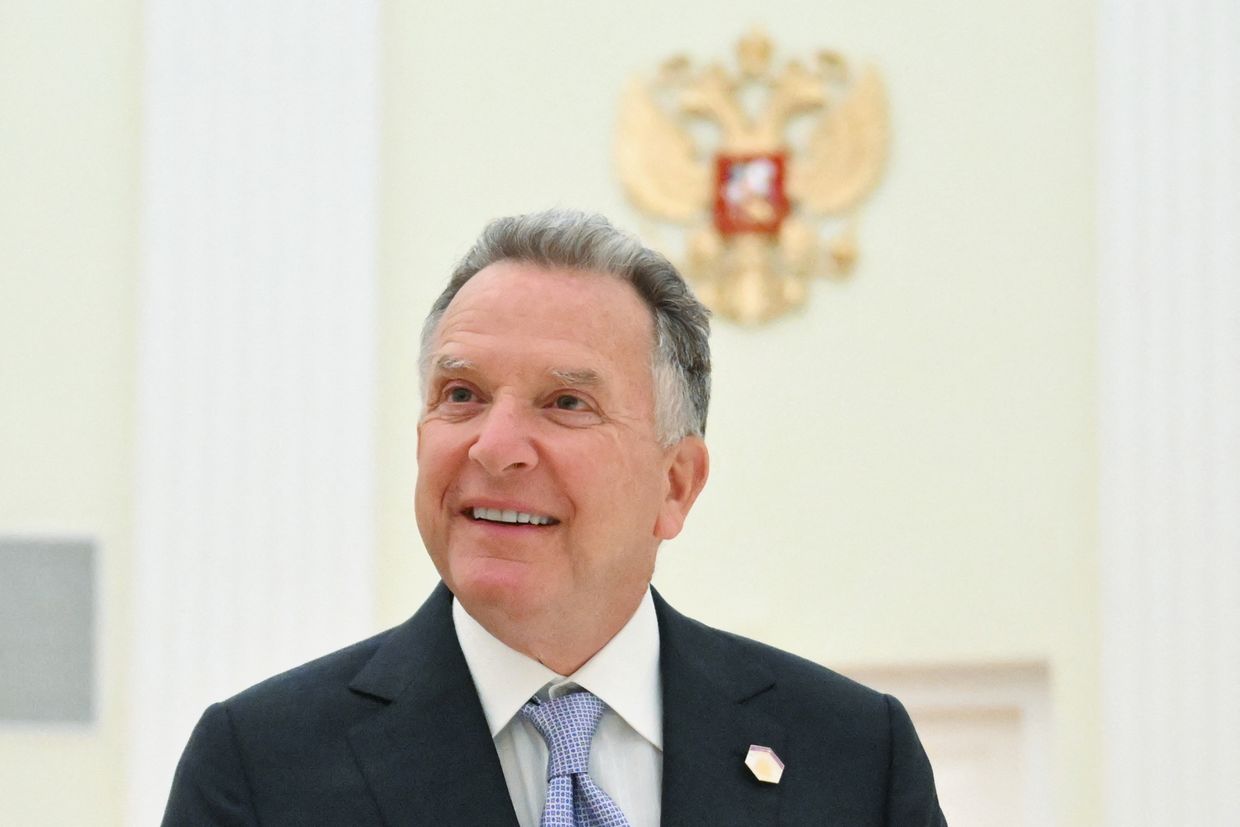

U.S. President Donald Trump's Special Envoy Steve Witkoff is pushing to lift U.S. energy sanctions on Russia, Politico reported on July 4, citing two people familiar with the matter.
The move is part of a broader debate within Trump's administration over how to engage with Moscow amid the ongoing war in Ukraine.
While Witkoff is reportedly advocating for the easing of energy sanctions, others in the administration disagree. Interior Secretary Doug Burgum favors reducing U.S. reliance on Russian imports rather than expanding trade, according to Politico.
Despite pledging during his campaign to end the war in Ukraine in "24 hours," Trump has made little progress on securing a ceasefire. After nearly seven months of his presidency, and several peace talks between Russia, Ukraine, and the United States, no ceasefire agreement has been reached.
Moscow continues intensifying its attacks against Ukrainian cities. Russia launched one of the largest aerial attacks on Ukraine on July 4, hours after Russian President Vladimir Putin had a phone conversation with Trump.
When journalists asked if he had made any progress with Putin on the call, Trump responded: "No, I didn't make any progress with him today at all."
Europe's energy sector is a central issue in the debate. According to Politico, Moscow is in early talks with Washington about potentially restarting the Nord Stream pipeline project, with backing from U.S. investors. The development has sparked concern in Brussels.
One senior EU official reportedly warned that Trump and Putin appear to be aiming to "divide the European energy market and create (separate) spheres of influence."
Witkoff, a real estate developer-turned-envoy, has raised eyebrows in Washington and abroad over his handling of high-level talks with Russia. As reported by NBC News in May, he has relied on Kremlin-provided translators during multiple meetings with Putin, including a visit to Moscow on April 26, just a day after a Russian missile attack killed 12 people in Kyiv.
Trump's administration has so far refrained from imposing new sanctions against Russia, even as Putin continues to reject calls for a ceasefire.
 The Kyiv IndependentThe Kyiv Independent news desk
The Kyiv IndependentThe Kyiv Independent news desk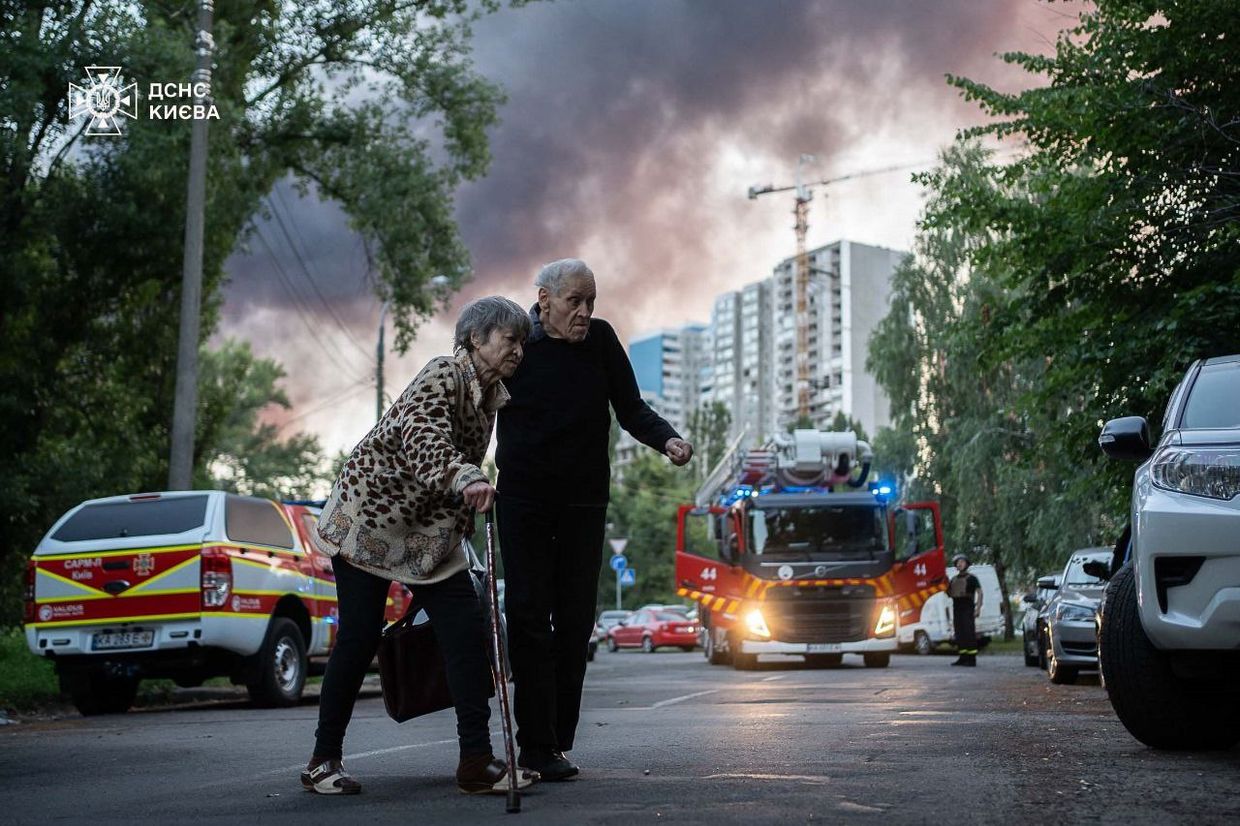

Moscow is accused of using deadly choking agent chloropicrin to flush Kyiv’s troops out of trenches

© Reuters
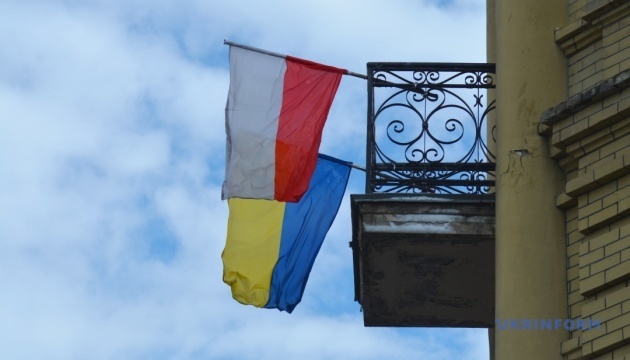

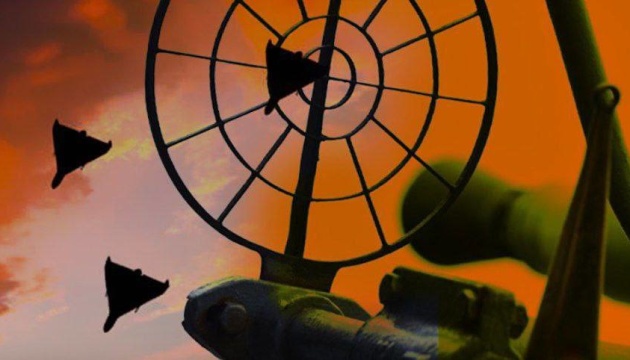

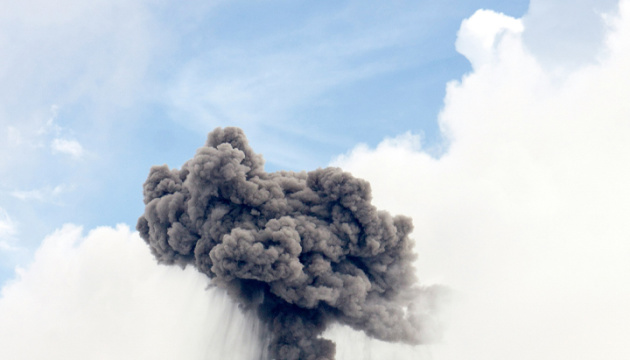

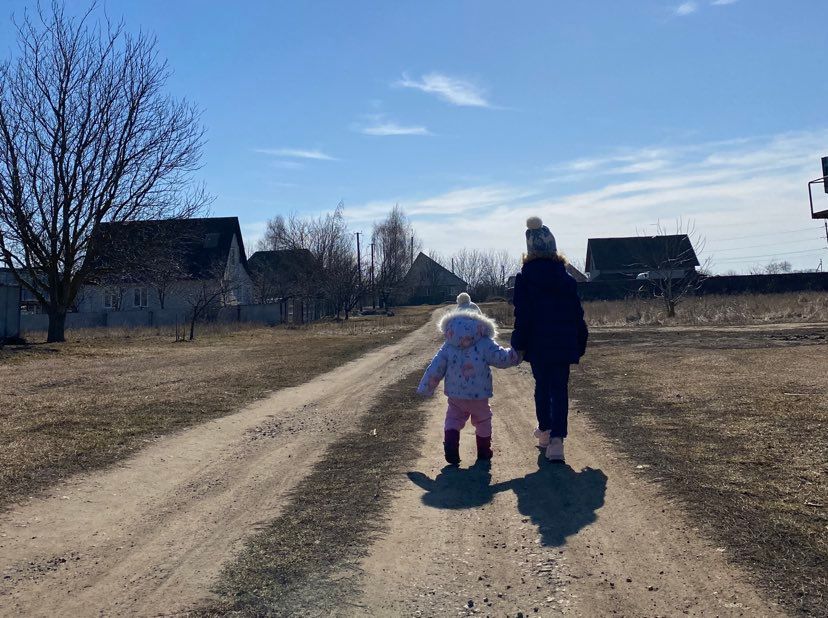

Life for children in Ukraine has become increasingly dangerous and deadly, according to the latest U.N. figures, which show a threefold jump in the number of deaths and injuries among children over the three months ending in May.
From March through May, 222 children were killed or injured, compared to 73 in the preceding three months, according to a press release from the U.N. Humanitarian Aid Organization for Children (UNICEF) on July 4.
The statement noted that "the ongoing use of explosive weapons in populated areas has been particularly deadly and destructive."
"There is no respite from the war for children across Ukraine," UNICEF Regional Director for Europe and Central Asia, Regina De Dominicis, said. "The situation for children is at a critical juncture, as intense attacks continue to not only destroy lives but disrupt every aspect of childhood."
In April alone, UNICEF noted, 97 children were killed or maimed, which was the highest figure that the U.N. has been able to verify since June 2022. Among the attacks in April was a strike on a playground in Kryvyi Rih, which killed nine children.
Recent months have seen some of the war's deadliest attacks on civilians, as Russia steps up its aerial strikes on civilian areas and launches record numbers of drones. Russia has dramatically increased its production of these weapons and is now capable of launching in a single night as many drones as it did over an entire month in early summer 2024.
At the same time, the U.S has halted a shipment of weapons that includes air defense missiles, which Ukraine critically needs to defend itself from Russia's attacks.
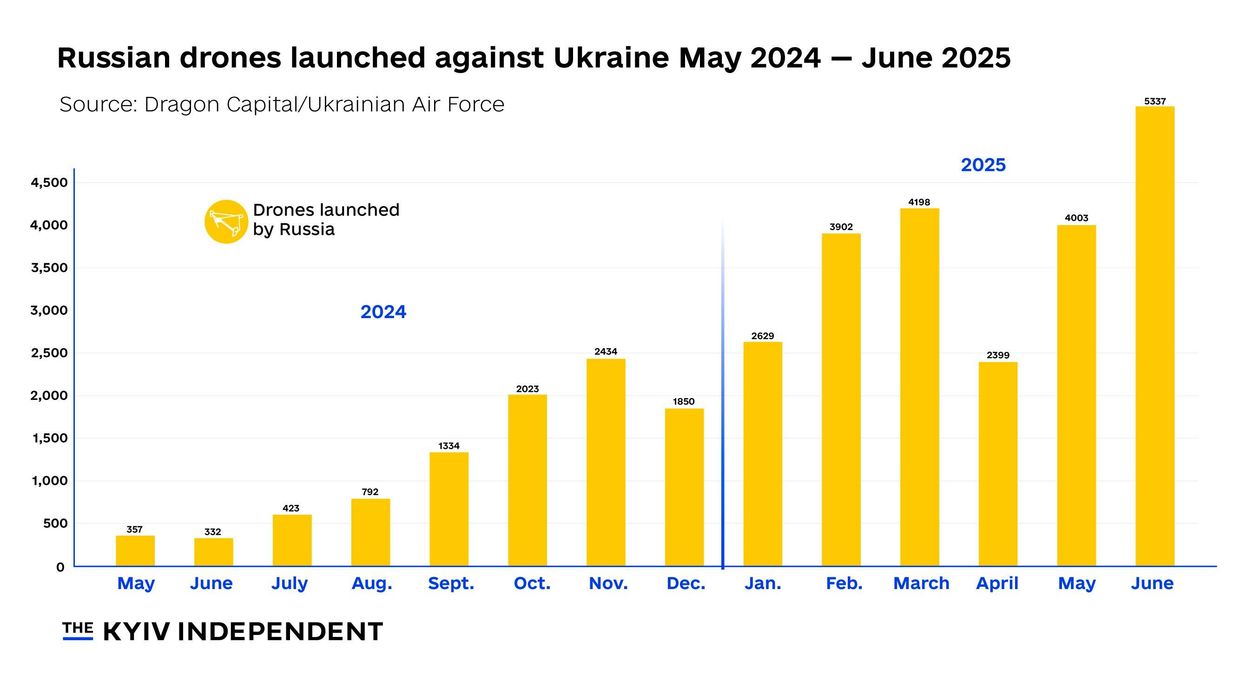
 The Kyiv IndependentThe Kyiv Independent news desk
The Kyiv IndependentThe Kyiv Independent news desk


In the early hours of 4 July, Russia launched one of its largest air assaults of the war, targeting Kyiv with an unprecedented wave of 550 air attack assets—explosive drones and missiles—mere hours after a phone call between Presidents Donald Trump and Vladimir Putin. The Ukrainian capital and surrounding oblasts faced explosions, fires, widespread damage, and at least 26 injuries. Russian drones also injured two men in Kryvyi Rih, Dnipropetrovsk Oblast.
According to Ukrainian President Volodymyr Zelenskyy, the Russian strike coincided with news reports of the Trump-Putin phone conversation.
“The first air raid alerts in our cities and oblasts began yesterday almost simultaneously with media coverage of President Trump’s phone call with Putin,” Zelenskyy said in a 9:40 statement. He described the strike as “one of the most massive air attacks,” calling it “demonstratively significant and cynical.”
The Air Force later reported that the aerial assault began at 18:00 on 3 July and lasted through the night, and provided more details on the aerial weapons used in the assault. According to the military, Russia’s “main strike direction” was Kyiv.

After his almost one-hour-long phone conversation with Putin yesterday, Trump said early today that he’s “very disappointed”.
“I’m very disappointed with the conversation I had today with President Putin, because I don’t think he’s there, and I’m very disappointed,” Trump said, according to Reuters. “I’m just saying I don’t think he’s looking to stop, and that’s too bad.”
Right after the phone call yesterday, Trump said he was not successful in his peace efforts with Putin:
“I didn’t make any progress with him at all,” he told reporters.
To justify the suspension of weapons to Ukraine – including vital interceptor missiles – Trump claimed the US is still sending weapons, and simultaneously blamed the Biden administration.
“We’re giving weapons, but we’ve given so many weapons. But we are giving weapons,” he said. “And we’re working with them and trying to help them, but we haven’t (completely stopped). You know, Biden emptied out our whole country giving them weapons, and we have to make sure that we have enough for ourselves.”
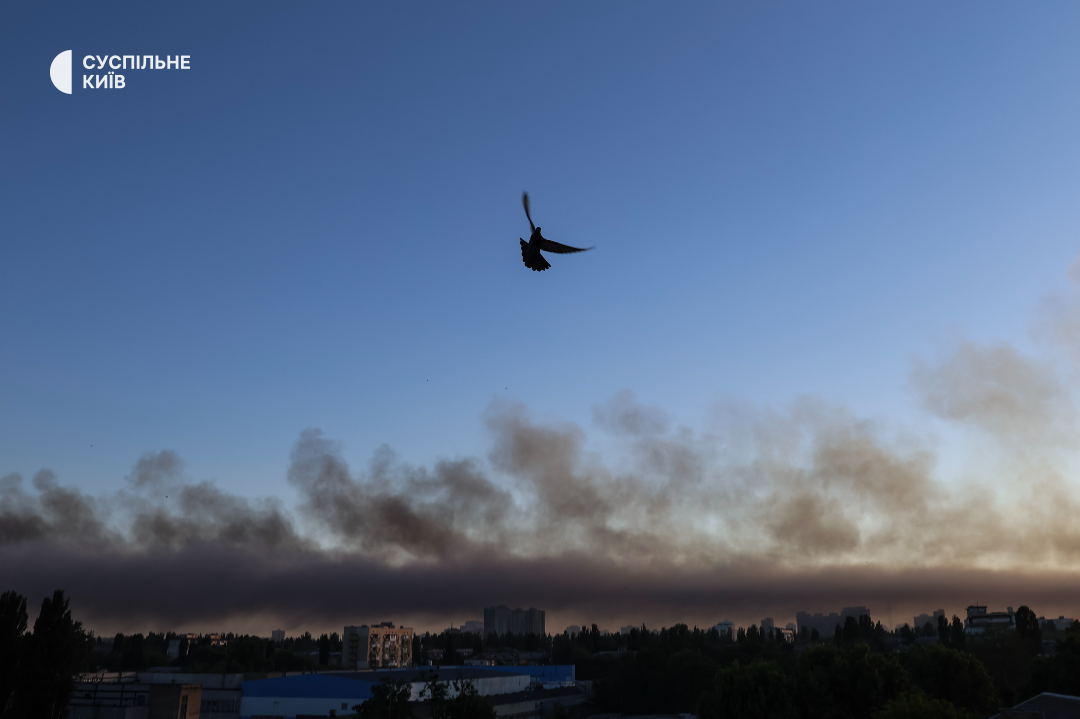
In his morning statement, Zelenskyy emphasized the need for sustained US aid, particularly missile defense systems like the Patriot.
“These are real protectors of life,” he said.
He urged for “massive pressure” on Russia in the form of sanctions and economic strikes.
“Russia shows it’s not going to stop its war and terror,” he warned.
Ukraine’s Air Force confirmed on 4 July that Russia had used a total of 550 air attack means, primarily aimed at Kyiv. These included:
The Air Force reported 478 air threats neutralized:
“Confirmed enemy air attack impacts at 8 locations (9 missiles and 63 UAVs), along with debris from downed [munitions] falling at 33 locations,” the report reads.
The attack began in the evening of 3 July, with the first air raid alert in Kyiv issued at 17:16, according to Suspilne. This initial alert was followed by repeated alarms throughout the night. Kyiv Mayor Vitaliy Klitschko confirmed explosions on the capital’s left bank and multiple emergency responses in districts including Obolonskyi and Solomianskyi.
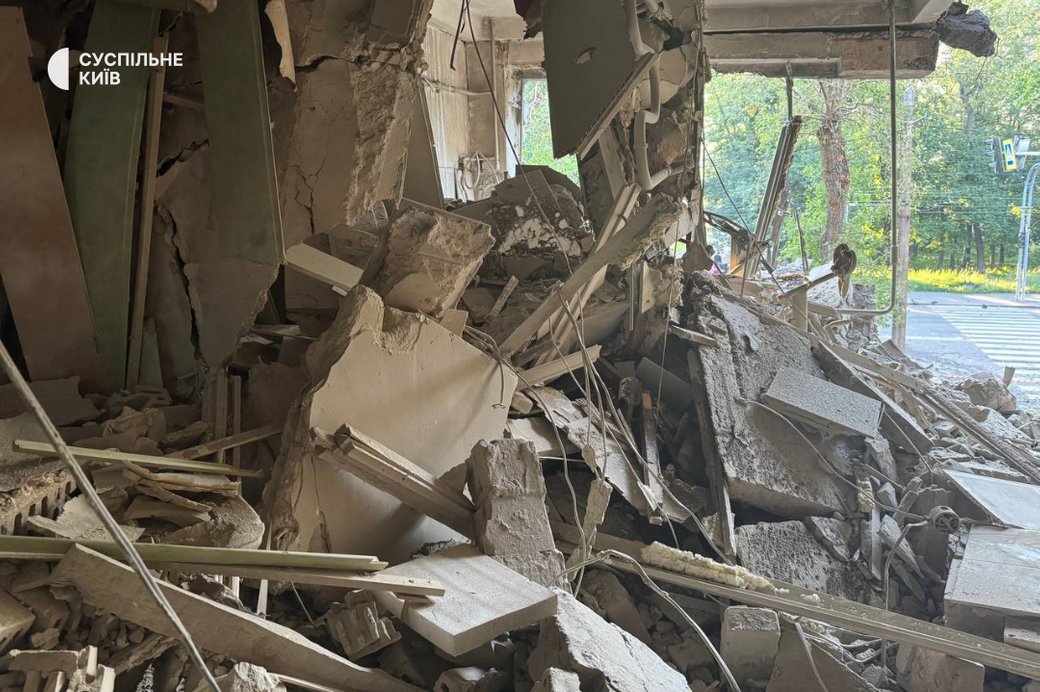
Shortly after 20:00, a renewed air raid alert was declared across the city as authorities warned of incoming drone attacks. Around 21:00, explosions were reported in several areas of Kyiv. In Obolonskyi district, debris from a downed drone fell on the roof of a residential building.
By late evening, the capital faced a new wave of more intense attacks. Around midnight, another series of loud explosions rocked various neighborhoods. Fires broke out in Solomianskyi district, where drone fragments struck residential buildings. In Darnytskyi, debris fell in open areas, some without detonation or fires, though multiple impact points were recorded.
Damage across the capital was extensive. The Kyiv City Military Administration reported that more than 30 apartment buildings had been affected, along with five educational institutions, a detached house, retail locations, a garage cooperative, and several vehicles. Fires also broke out in non-residential areas, and five ambulances responding to emergency calls were damaged.

In Kyiv Oblast, the attack continued throughout the night. In Bucha district, windows were shattered in a four-story residential building and a private house. In Fastiv district, the State Emergency Service reported fires at a high-rise building and seven private garages. Authorities documented the effects of the attack at 11 separate sites across five oblast districts.
Fires were reported in multiple neighborhoods, and officials noted elevated levels of combustion products in the air. By 03:50, eight people had been injured. That number rose rapidly in the following hours.
Update 13:00: The number of injured in Russia’s overnight attack on Kyiv rose to 26, including a 10-year-old girl with a leg injury, the Kyiv City Prosecutor’s Office reported. Kyiv city endured two air raid alerts with a short pause in between, lasting over 12 hours in total.
Five ambulances were damaged during the Russian attack while responding to emergency calls in Kyiv. According to Mayor Vitaliy Klitschko, the vehicles were struck as they attempted to reach injured civilians. No medics were reported wounded.
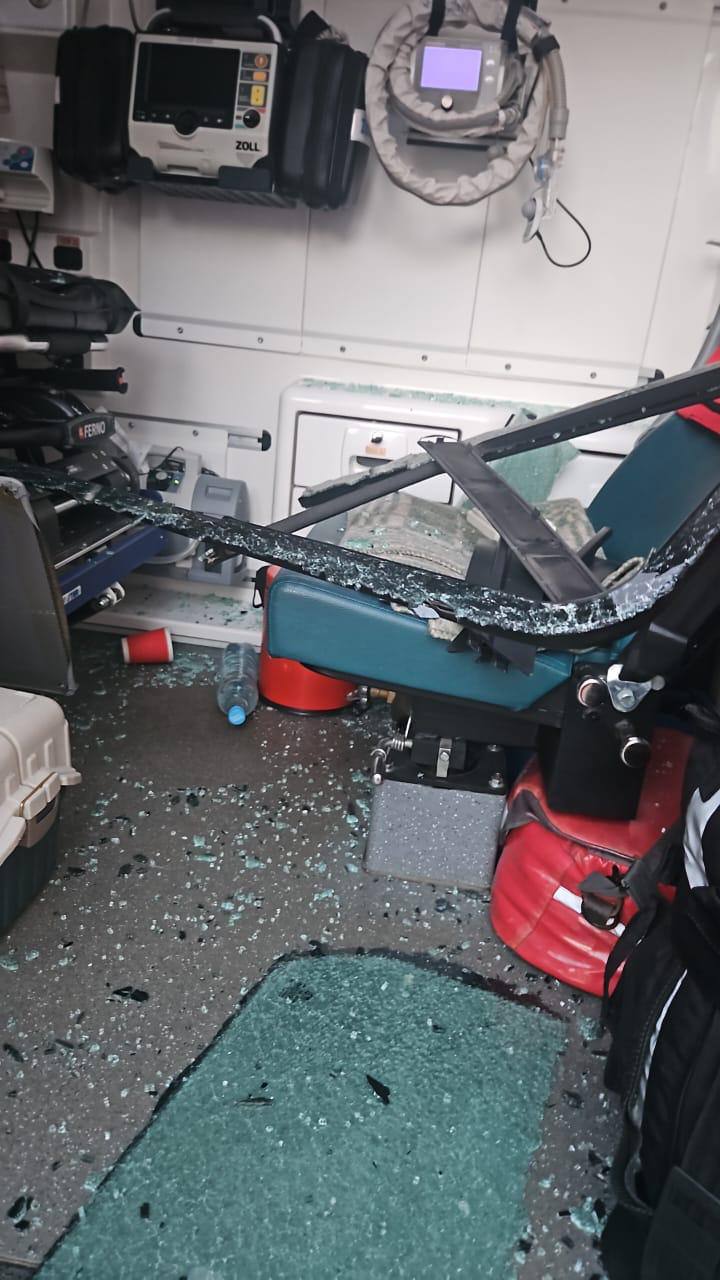
The attack also impacted the city’s railway infrastructure. Ukrzaliznytsia reported damage caused by falling debris, forcing passenger trains heading west to take alternate routes, resulting in delays of up to two hours.
Russian drones injured two men in Kryvyi Rih, the Dnipropetrovsk Oblast Military Administration reported.




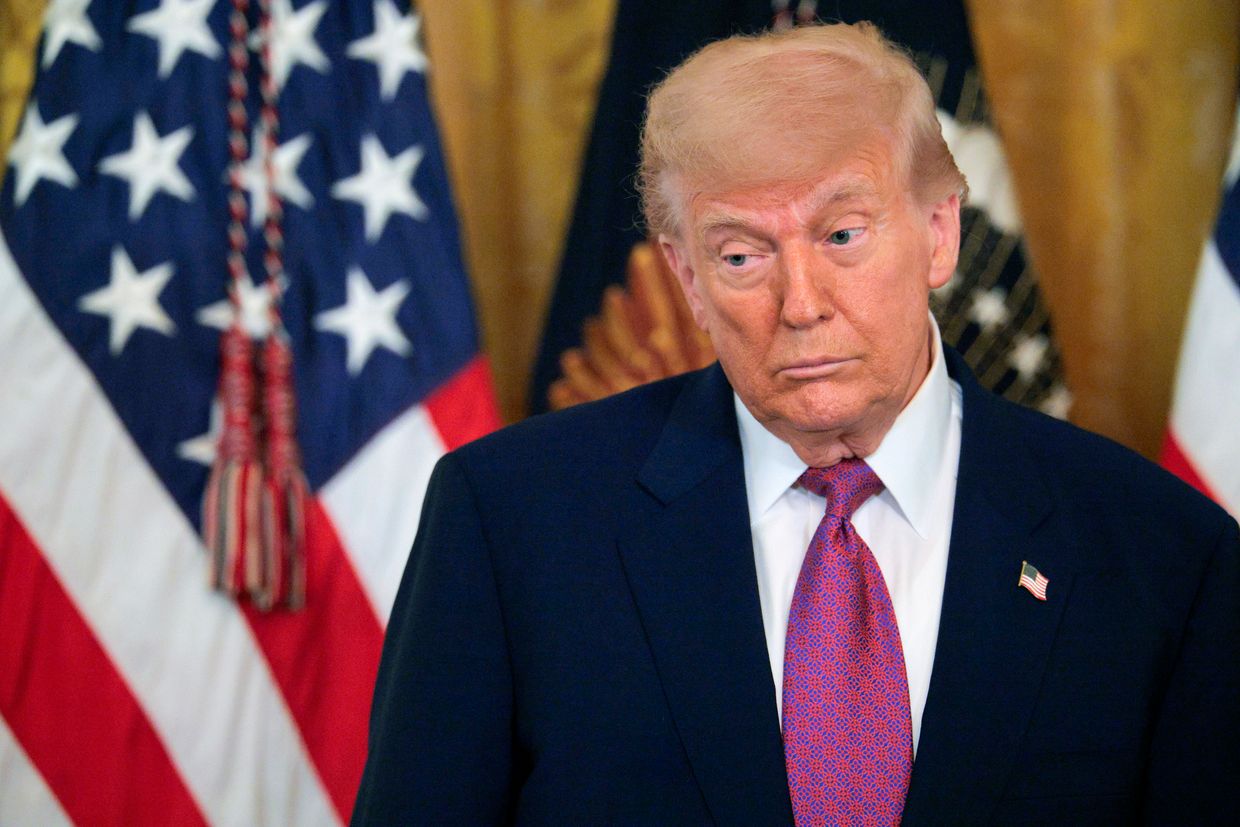

U.S. President Donald Trump said he was "very disappointed" with Russian President Vladimir Putin following a phone call on July 3, during which the two leaders discussed the ongoing war in Ukraine.
Trump told reporters he "didn't make any progress" and accused Putin of showing no willingness to stop the fighting.
Trump also said that he is planning to talk to President Volodymyr Zelensky on July 4.
"I'm speaking to President Zelensky tomorrow in the early morning, and I'm very disappointed with the conversation I had today with President Putin," Trump told journalists. "Because I don't think he's there. And I'm very disappointed. I don't think he's looking to stop this fighting."
Later on July 4, Kremlin spokesperson Dmitry Peskov said Russia "is paying close attention to all of Trump's statements," but added Moscow will continue its full-scale war in Ukraine because "it is not yet possible to achieve goals through diplomatic means."
The hour-long conversation between Trump and Putin marked the sixth time the two leaders have spoken since Trump took office in January. According to Kremlin aide Yury Ushakov, Putin reiterated that "Russia will continue to pursue its goals," refusing to back down from what the Kremlin calls the "root causes” of the conflict.
The White House did not issue a readout of the call. Trump provided few additional details, only saying the discussion covered "a lot of things" and confirming no progress had been made on securing a ceasefire.
The call came just hours before one of the largest Russian aerial assaults on Ukraine in recent months. According to Zelensky, air raid sirens began sounding across Ukraine almost simultaneously with media reports about the Trump-Putin call.
"Russia is once again demonstrating that it is not going to end the war and terror," Zelensky said. "The first air raids in our cities and regions began yesterday, almost simultaneously with the start of media discussions of President Trump's phone call with Putin."
Overnight on July 4, Russian forces launched more than 550 aerial weapons, including over 330 Iranian-type Shahed drones and multiple types of missiles, across Ukraine, with Kyiv as the main target. At least 23 people were injured in the capital, where fires broke out in multiple districts and air pollution reached dangerous levels.
Zelensky renewed calls for increased military assistance from Ukraine's partners, especially the delivery of U.S.-made Patriot missile systems.
"Patriots and their missiles are real defenders of life," he said.
Despite Ukraine's urgent appeals, the U.S. Defense Department has paused shipments of Patriot systems and other key munitions, citing the need to replenish domestic stockpiles. Ukrainian officials have warned that such delays threaten to embolden Russia and intensify attacks on civilians.
 The Kyiv IndependentTim Zadorozhnyy
The Kyiv IndependentTim Zadorozhnyy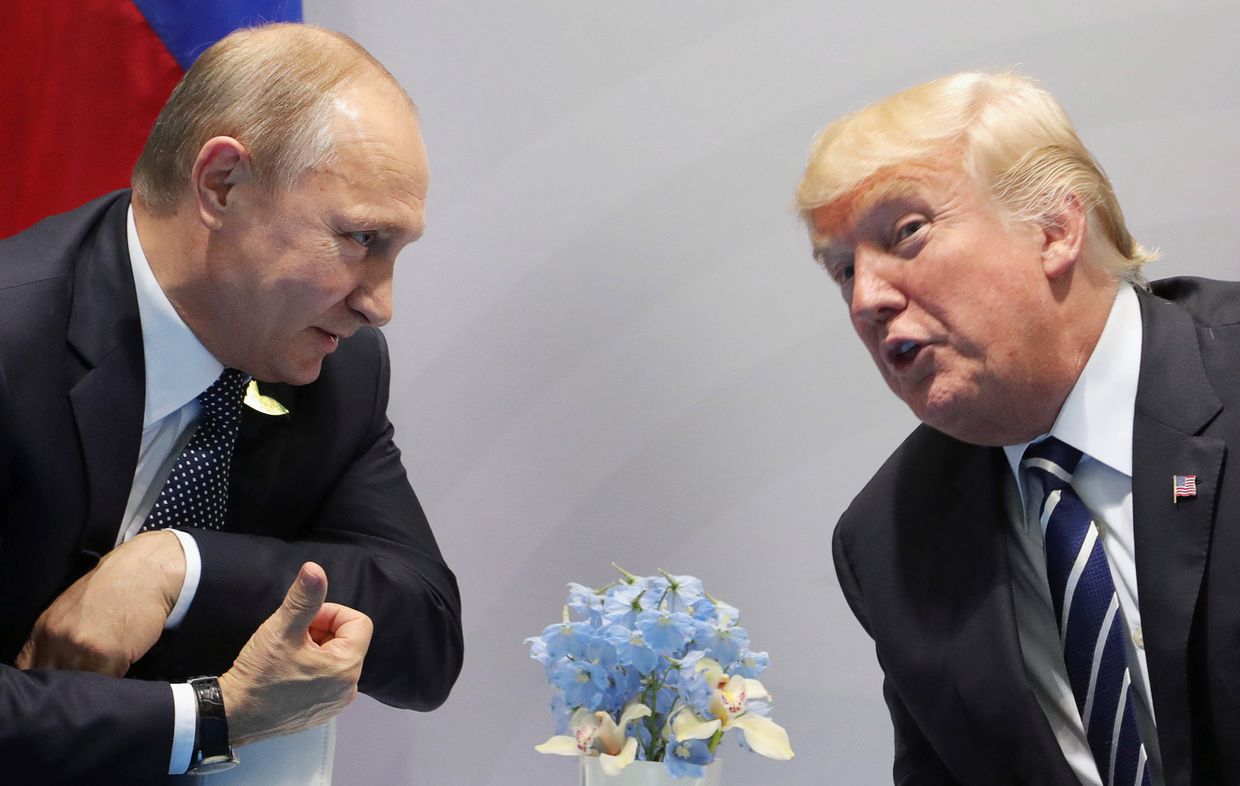
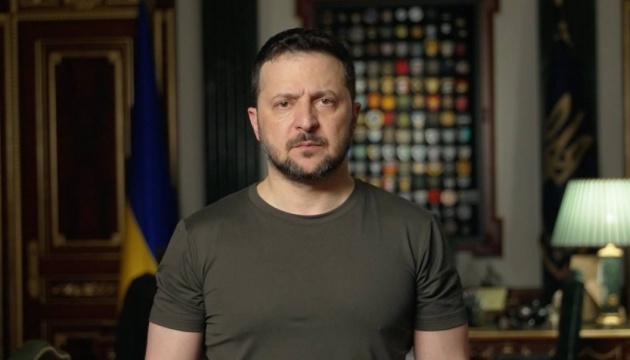


© Reuters

© REUTERS


© AFP via Getty Images
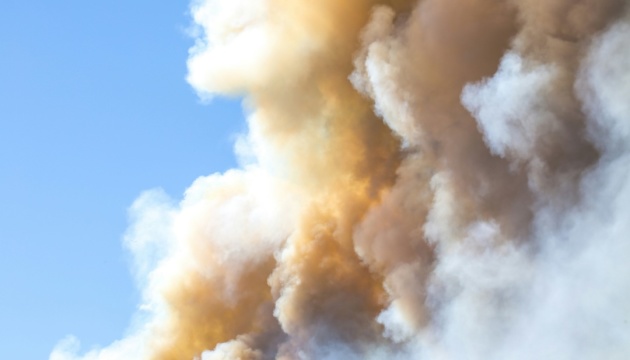

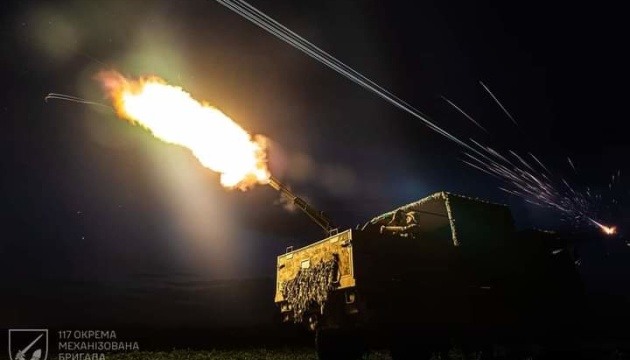


Donald Trump has warned that Vladimir Putin is “not looking to stop” the war with Ukraine following a “disappointing” phone call between the Russian and American leaders.

© AFP/Getty
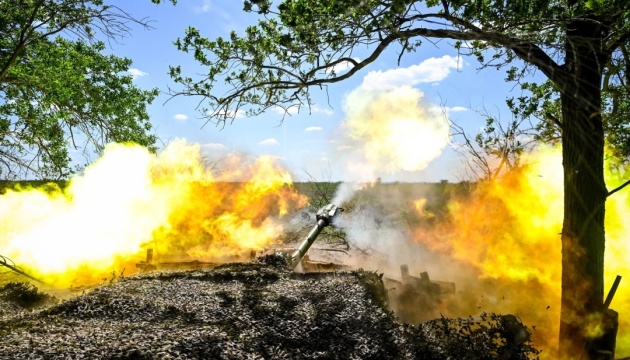

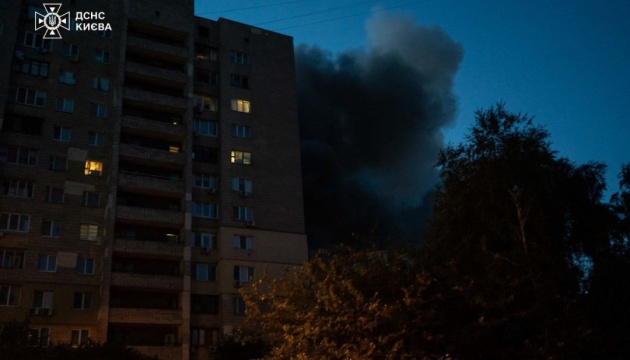

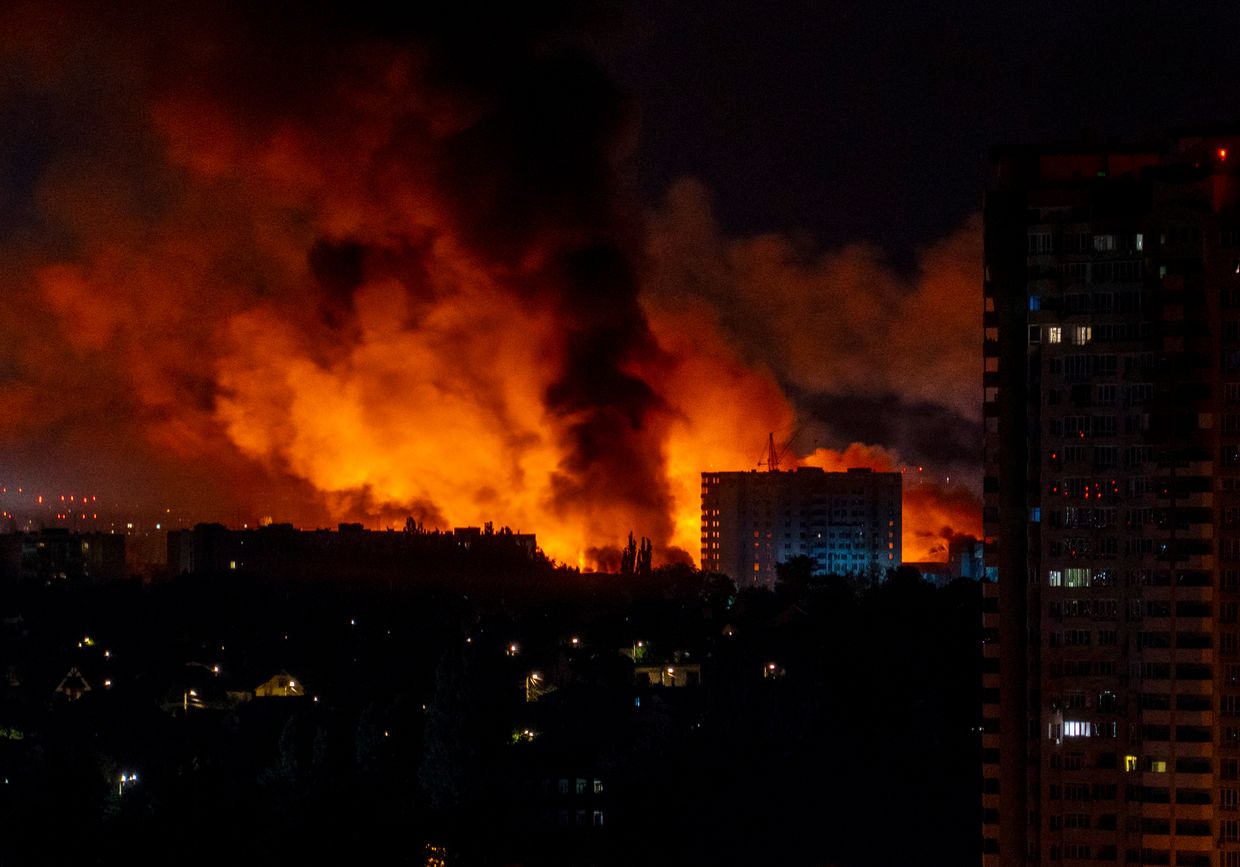

President Volodymyr Zelensky called for more air defence for Ukraine after a massive drone and missile attack on Ukraine's capital overnight on July 4.
According to Zelensky, as U.S. President Donald Trump and Russian President Vladimir Putin were talking on the phone on July 3, air raid sirens blared across Ukraine.
"Moreover, the first air raids in our cities and regions began yesterday almost simultaneously with the start of media discussions of President Trump's phone call with Putin," Zelensky wrote.
"This was one of the most large-scale air attacks – deliberately massive and cynical... Russia is once again demonstrating that it is not going to end the war and terror."
The overnight attack struck Kyiv and several other regions, injuring at least 23 people and setting off dozens of fires in Ukraine's capital. Russian forces launched more than 550 aerial weapons, including over 330 Iranian-type Shahed drones and multiple types of missiles, including ballistic missiles, Zelensky said.
Firefighting efforts and debris removal are still ongoing after another Russian strike. This was one of the most large-scale air attacks – deliberately massive and cynical. In total, 550 targets were launched, including at least 330 Russian-Iranian “shaheds”, along with missiles,… pic.twitter.com/vnn31oST0z
— Volodymyr Zelenskyy / Володимир Зеленський (@ZelenskyyUa) July 4, 2025
Kyiv was the main target. Ukraine's military said it shot down 270 aerial threats, while 208 additional drones were jammed by electronic warfare. Interceptor drones also downed dozens more, Zelensky said, calling their growing use a key defense priority.
Zelensky stressed the need for continued and increased military aid from allies, especially air defenses. "Patriots and their missiles are real defenders of life," Zelensky said. "It is very important to maintain the support of partners in ballistic missile defense."
Despite Russia's escalating attacks and Ukraine's desperate need for air defense munitions, the U.S. has decided to halt shipments of Patriot missiles and other promised weapons to Kyiv, claiming it needs to secure its own stockpiles.


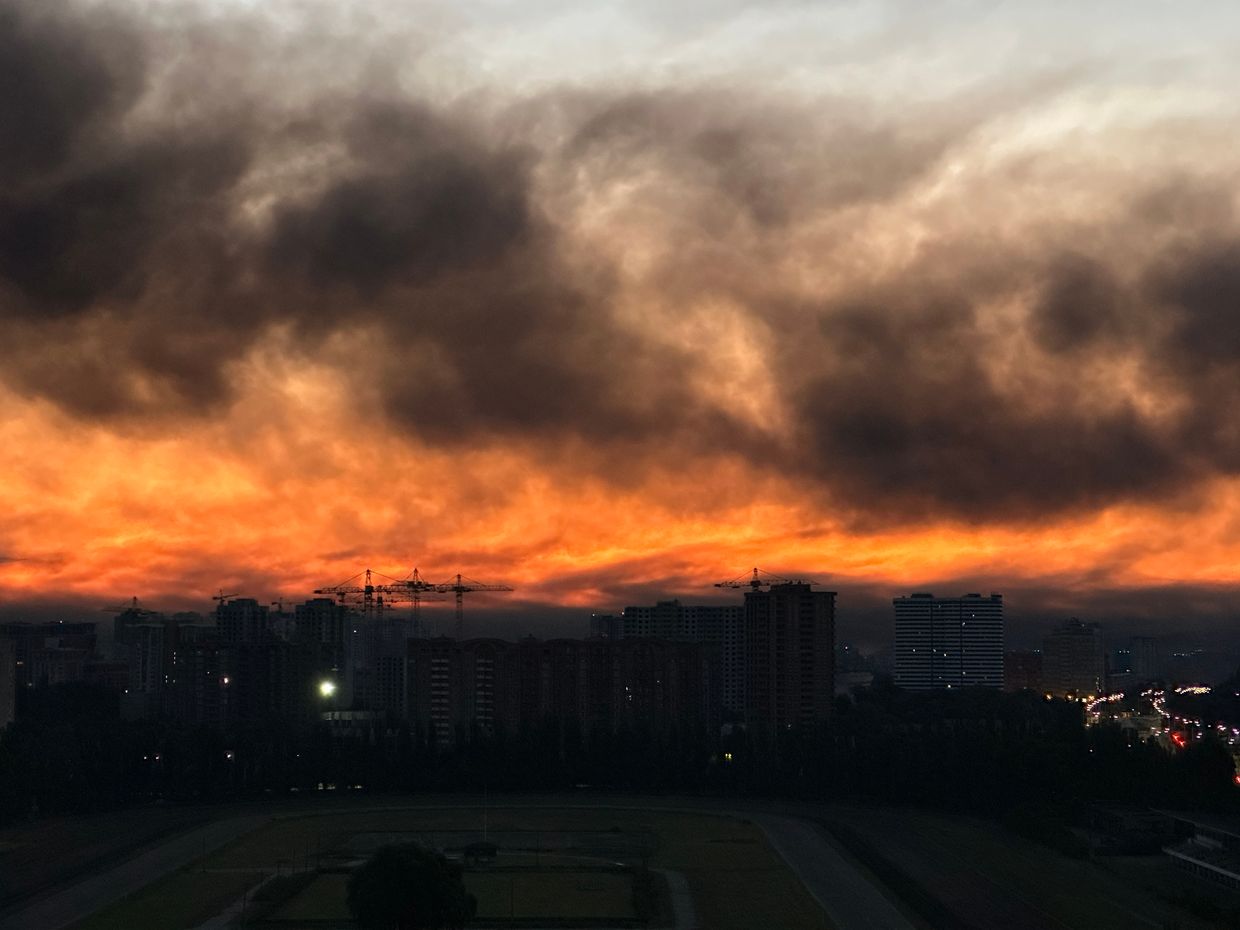
Beyond Kyiv, strikes also hit the Dnipropetrovsk, Sumy, Kharkiv, Chernihiv, and Kyiv oblasts, according to Zelensky. Fires and damage were reported in nearly every district of the capital, including residential buildings, schools, medical facilities, and railway infrastructure.
Local authorities described the night as "terroristic." Kyiv Mayor Vitali Klitschko reported fires in at least five districts. Air quality in the city remained dangerously poor by morning, as noted by the Ministry of Environmental Protection.
Meanwhile, Russian state media reported that during the Trump-Putin call, Putin reiterated his determination to continue pursuing the Kremlin's goals in Ukraine, despite mounting international calls for a ceasefire.
Zelensky called on Ukraine's allies, particularly the United States, to apply massive and immediate pressure on Russia. "We need to ensure that for every such attack on people and lives, they (Russia) feel the corresponding sanctions and other blows to their economy, their earnings, their infrastructure," he said. "Only this can bring faster change."
 The Kyiv IndependentAndrea Januta
The Kyiv IndependentAndrea Januta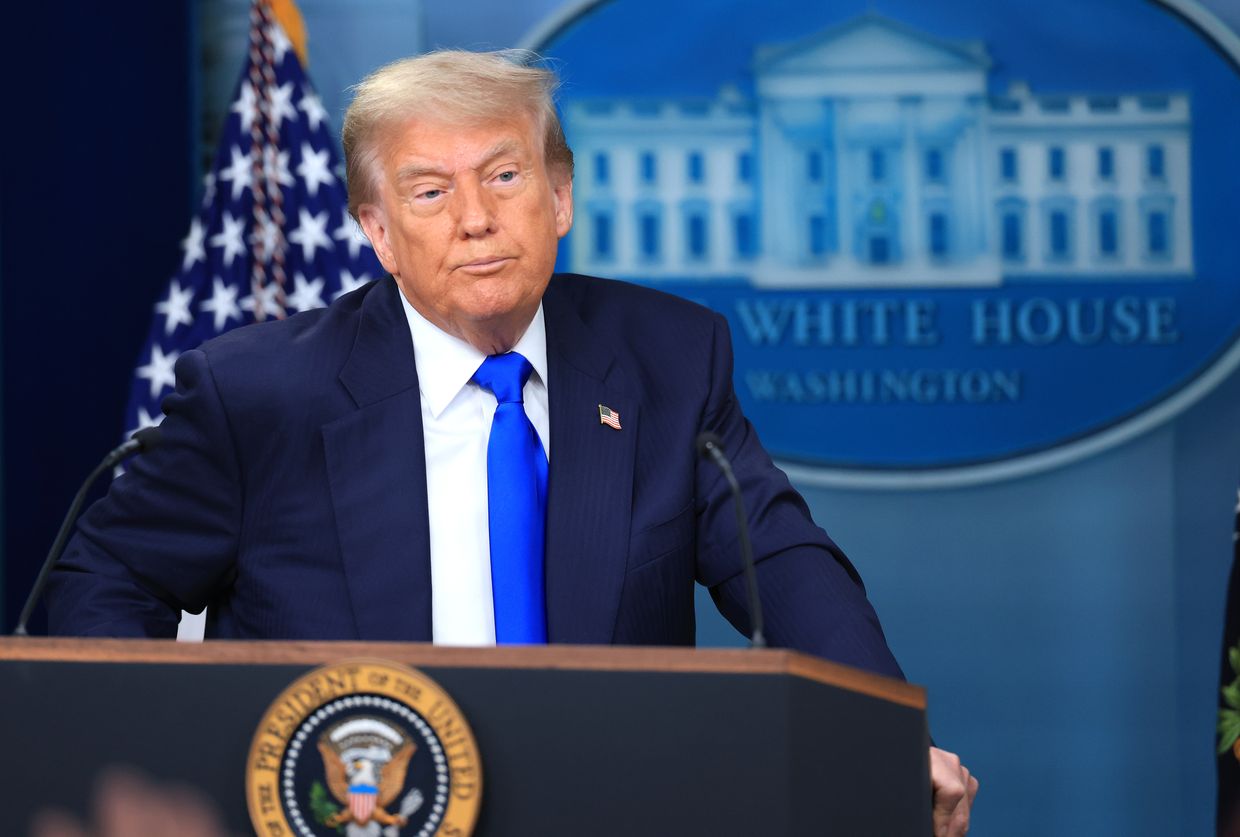
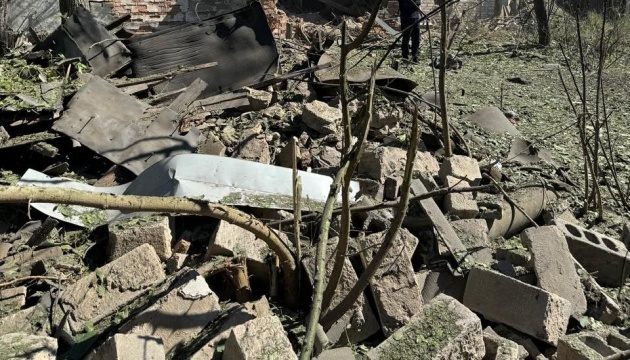

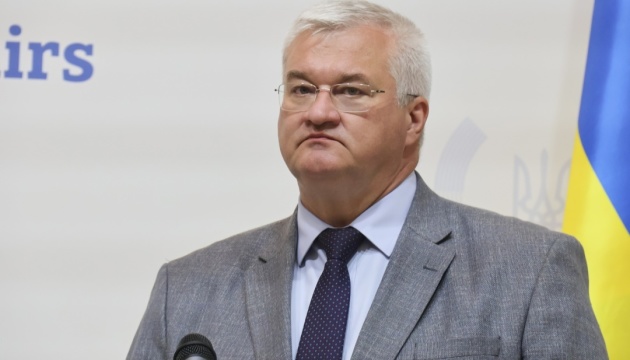

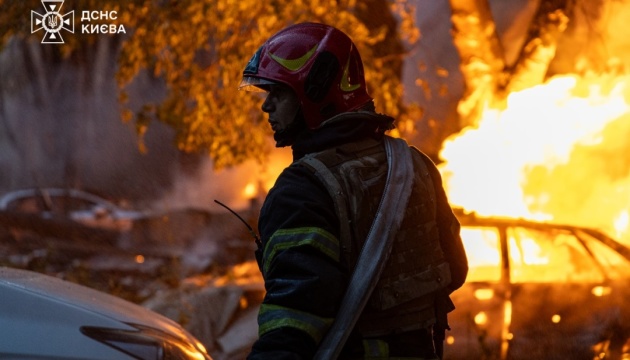

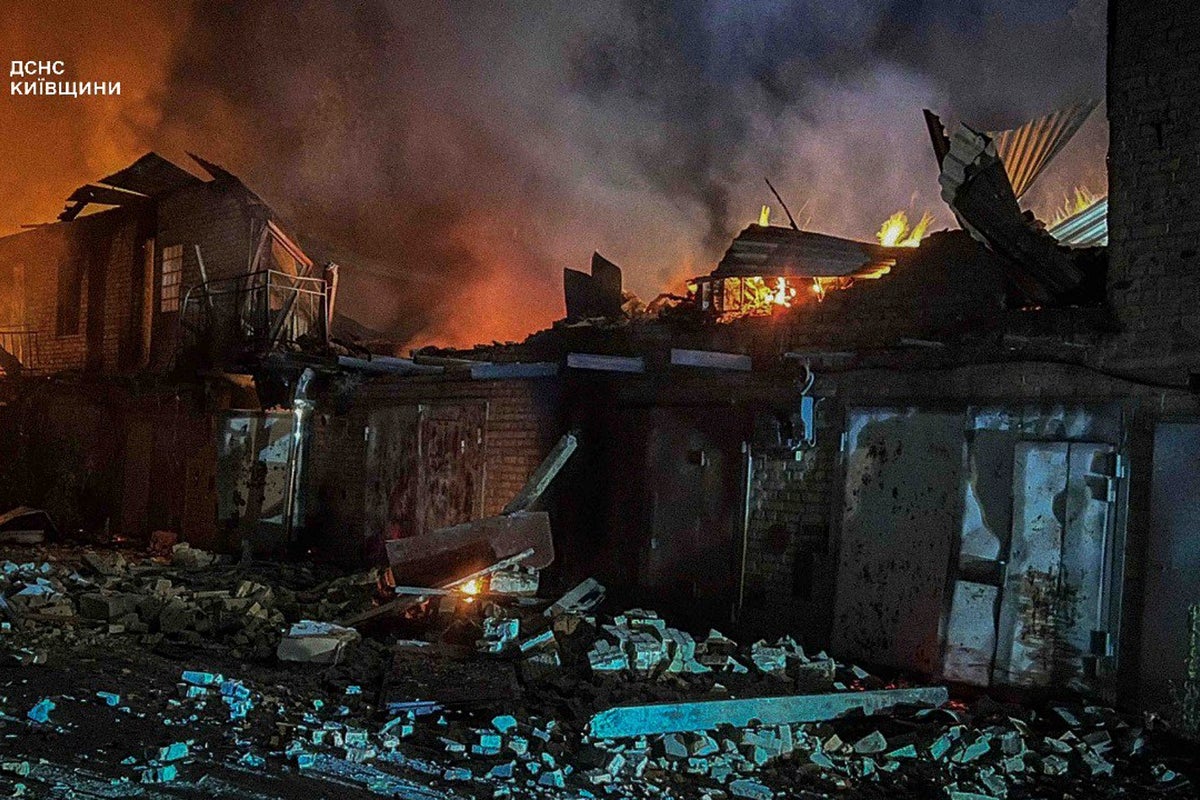

© Ukrainian Emergency Service
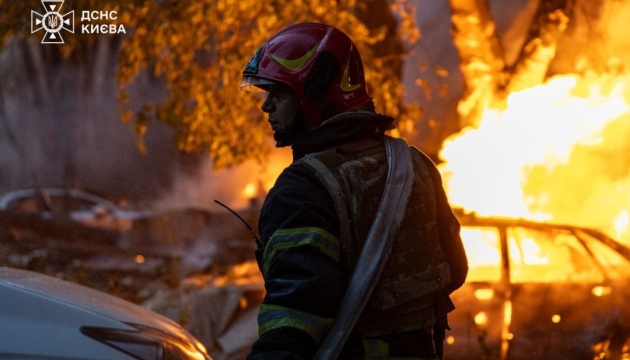



Editor's note: This story was updated with a statement made by Ukraine's General Staff.
Drones struck multiple targets in Russia overnight on July 4, including a high-value defense facility in the southern Rostov region, according to Andrii Kovalenko, head of the counter-disinformation center at Ukraine’s National Security and Defense Council.
Kovalenko said a drone hit the Azov Optical and Mechanical Plant in the town of Azov, Rostov Oblast. The facility reportedly manufactures critical components for the Russian military, including sights, rangefinders, thermal imaging systems, and fire control equipment for tanks, infantry fighting vehicles, ships, and aircraft.
"Despite the difficult night, there is also good news. There were attacks on facilities in Russia, particularly in Moscow and Rostov regions," Kovalenko wrote. "This is where the 'eyes' for Russian armored vehicles are assembled."
Overnight on July 4, Russia launched a massive drone and missile assault on multiple Ukrainian cities, with Kyiv as the primary target. At least 23 people were injured in the capital amid widespread destruction and high levels of air pollution.
Ukraine's General Staff later confirmed that its drone units, operating in coordination with other elements of the Defense Forces, also struck the Scientific Research Institute of Applied Chemistry (FNTs NIIPKh) in Sergiyev Posad, Moscow Oblast.
The military said the facility is involved in the production of thermobaric warheads for Shahed-type drones and plays a critical role in Russia's airstrike capabilities.
"We confirmed that our munitions hit the target," the General Staff said. "A fire and heavy smoke were detected in the area of the facility." The full extent of the damage is still being assessed.
Russian officials also confirmed drone strikes across several regions.
Yuriy Slyusar, acting governor of Rostov Oblast, said a number of towns in the region were struck by drones. In the city of Azov, the attack reportedly damaged several cars and shattered windows in residential buildings. Debris from one drone allegedly fell onto a local stadium.
In the village of Dolotinka, a drone strike reportedly caused the collapse of a section of a residential apartment building, killing an elderly woman. Authorities said 20 residents were evacuated from the damaged structure.
In Sergiyev Posad in Moscow Oblast, four explosions were reported around 5 a.m. near the Zvezdochka neighborhood, accompanied by the sound of drone engines, according to local residents. Oksana Yerokhanova, head of the district, said a power substation was damaged in the incident.
Two people were injured in Sergiyev Posad, according to Governor Andrei Vorobyov.
Russia's Defense Ministry later claimed that air defense systems had intercepted or destroyed 48 Ukrainian drones overnight. According to the ministry, 26 were downed over Rostov Oblast, 12 over Kursk Oblast, six over Belgorod Oblast, three over Oryol Oblast, and one over Lipetsk Oblast.
The Kyiv Independent could not independently verify these claims.
 The Kyiv IndependentAndrea Januta
The Kyiv IndependentAndrea Januta
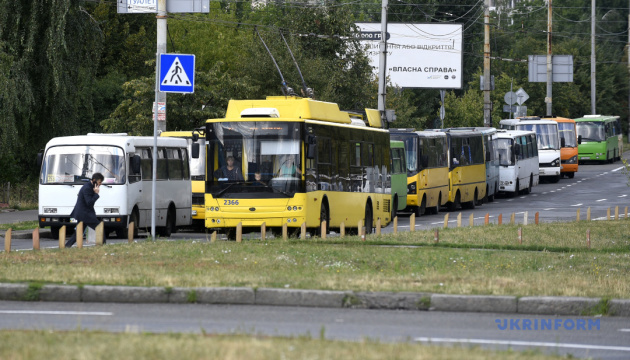

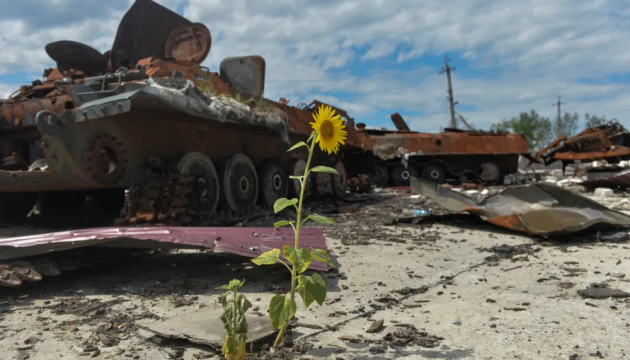

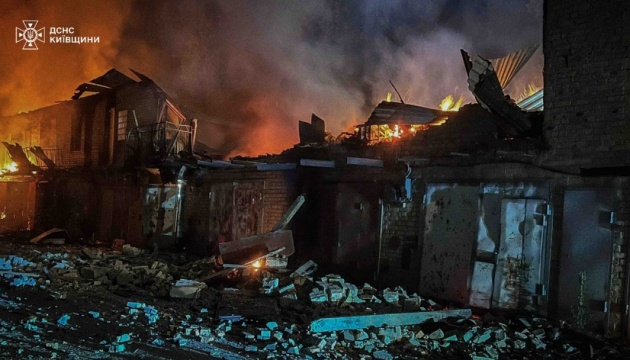

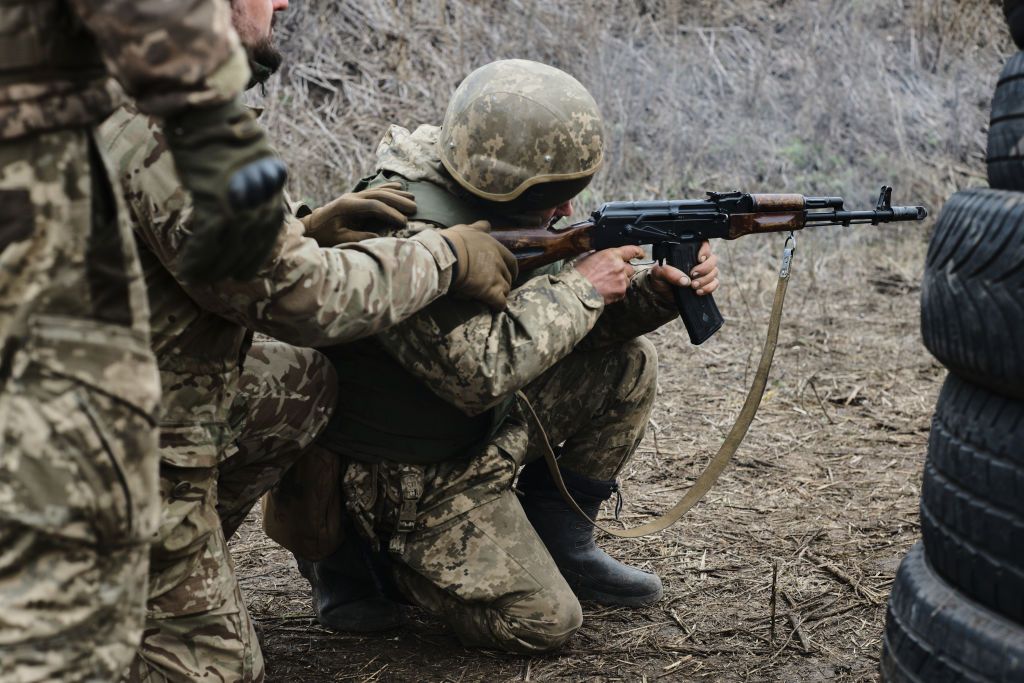

Russia has lost 1,024,210 troops in Ukraine since the beginning of its full-scale invasion on Feb. 24, 2022, the General Staff of Ukraine's Armed Forces reported on July 4.
The number includes 1,120 casualties that Russian forces suffered over the past day.
According to the report, Russia has also lost 10,988 tanks, 22,946 armored fighting vehicles, 53,999 vehicles and fuel tanks, 29,865 artillery systems, 1,428 multiple launch rocket systems, 1,191 air defense systems, 420 airplanes, 340 helicopters, 43,303 drones, 28 ships and boats, and one submarine.
 The Kyiv IndependentThe Kyiv Independent news desk
The Kyiv IndependentThe Kyiv Independent news desk


